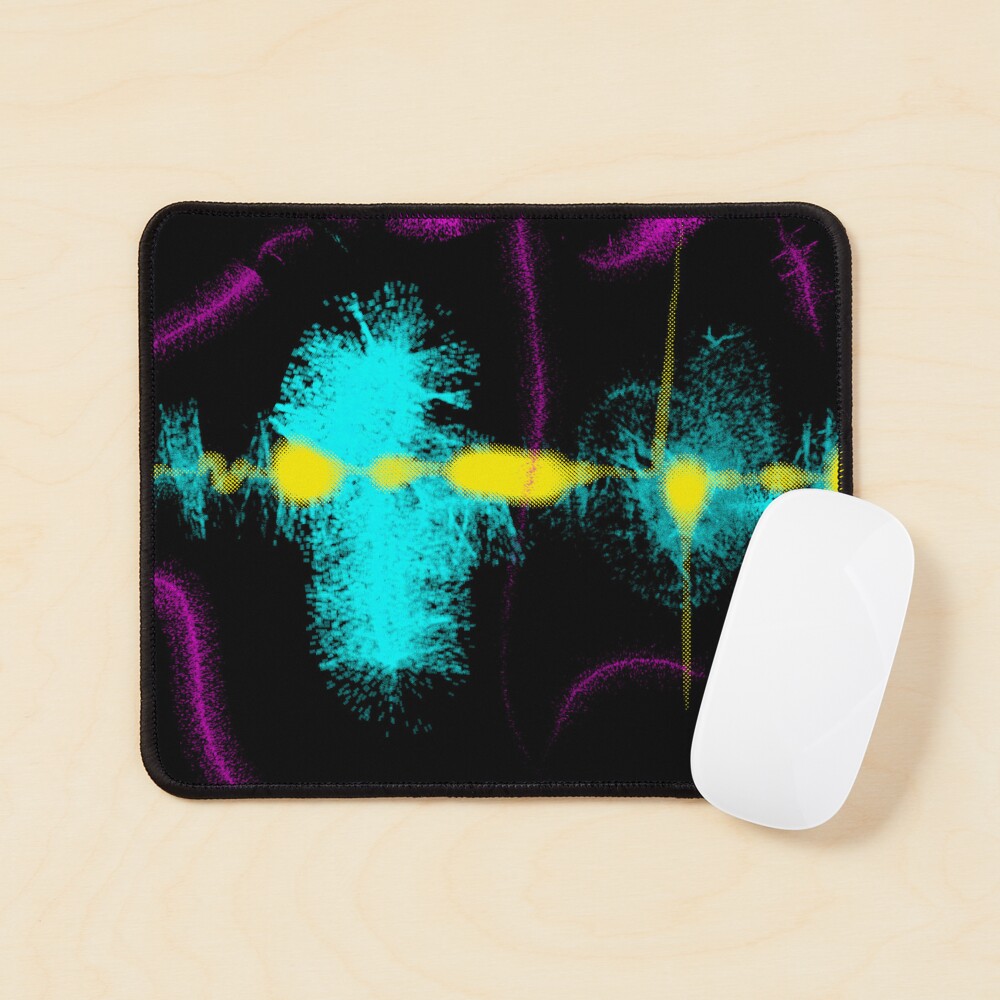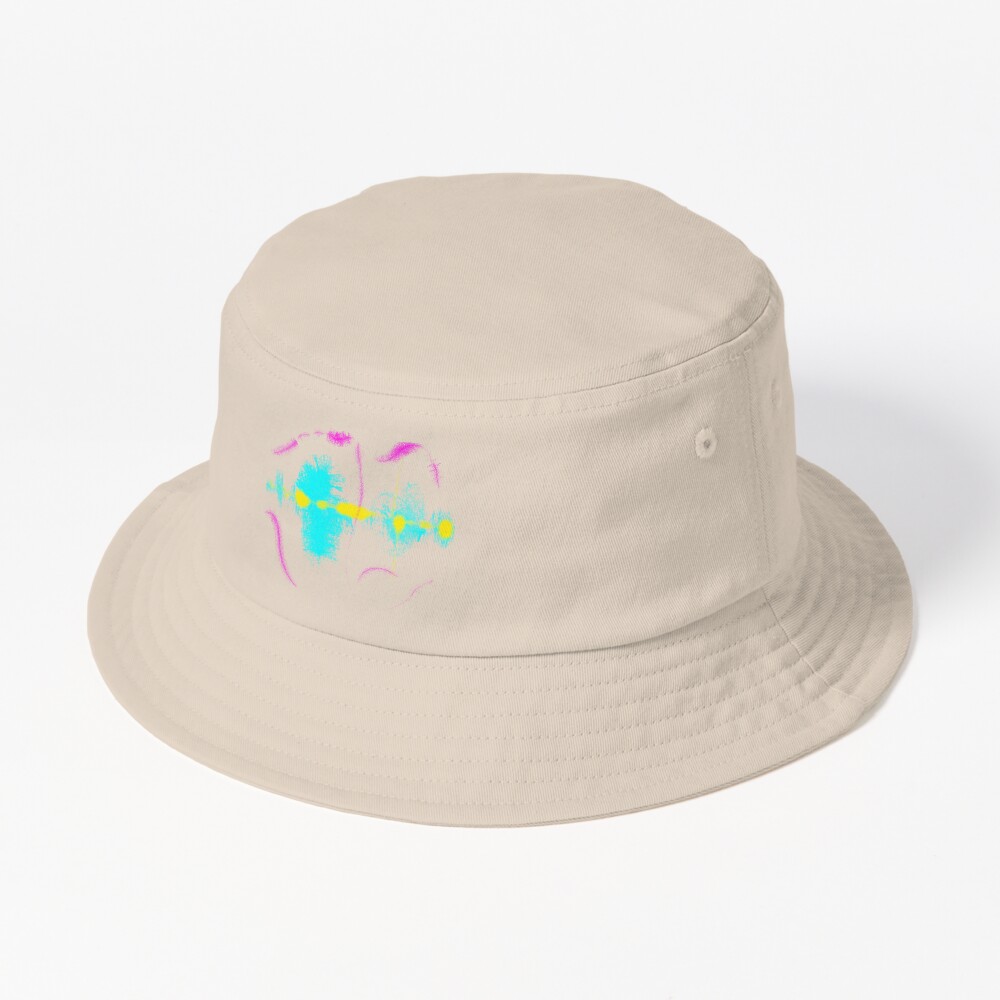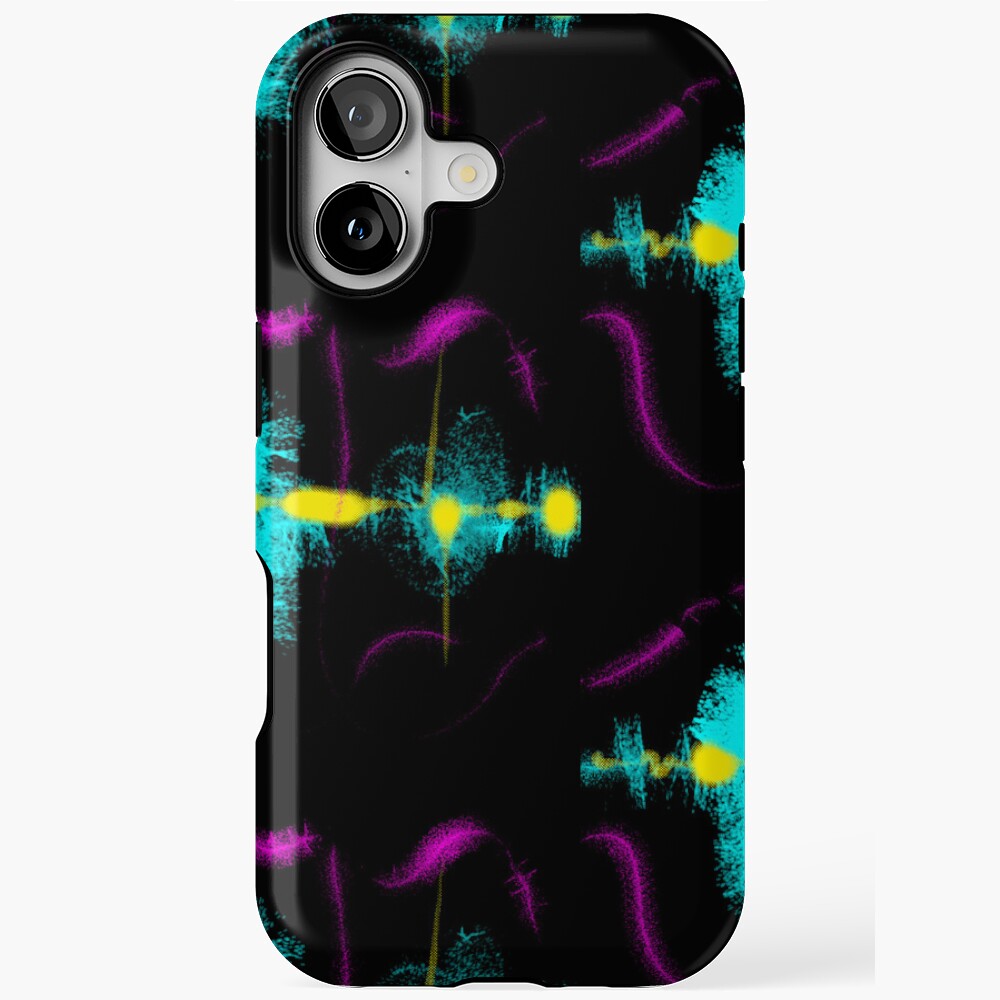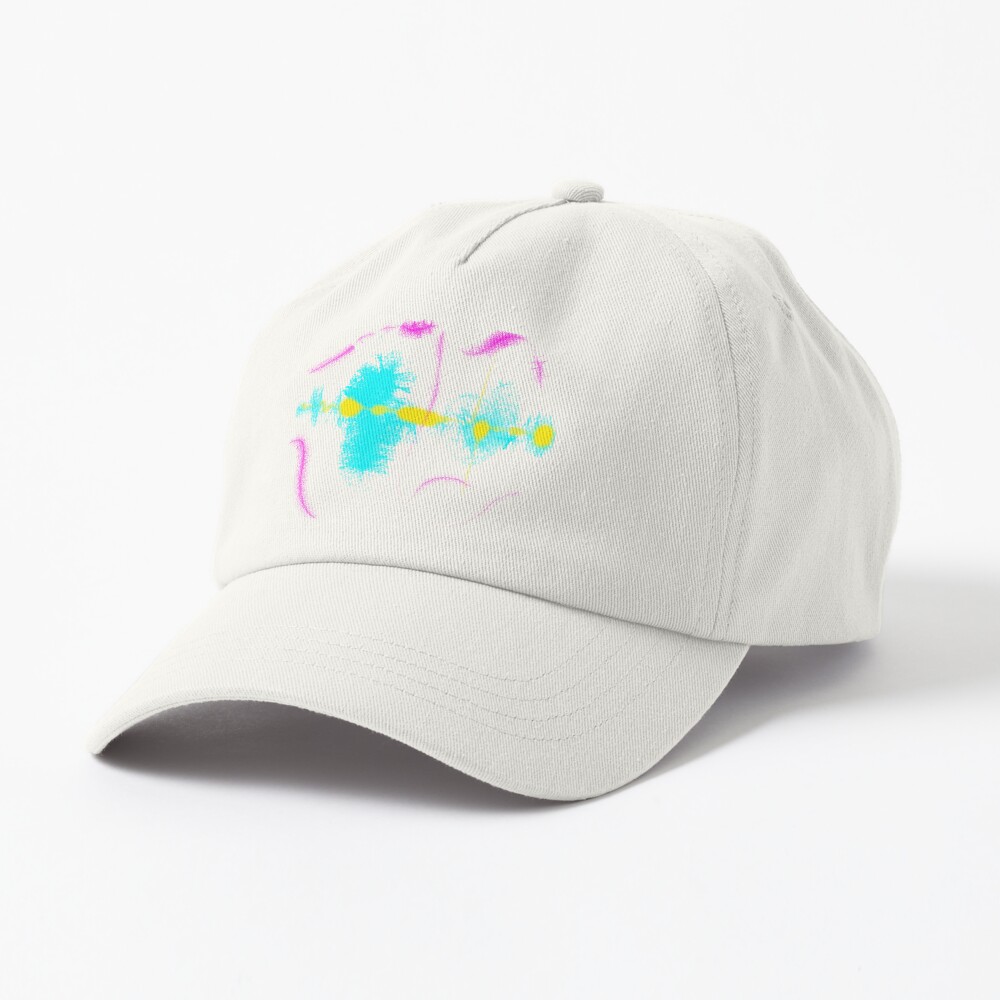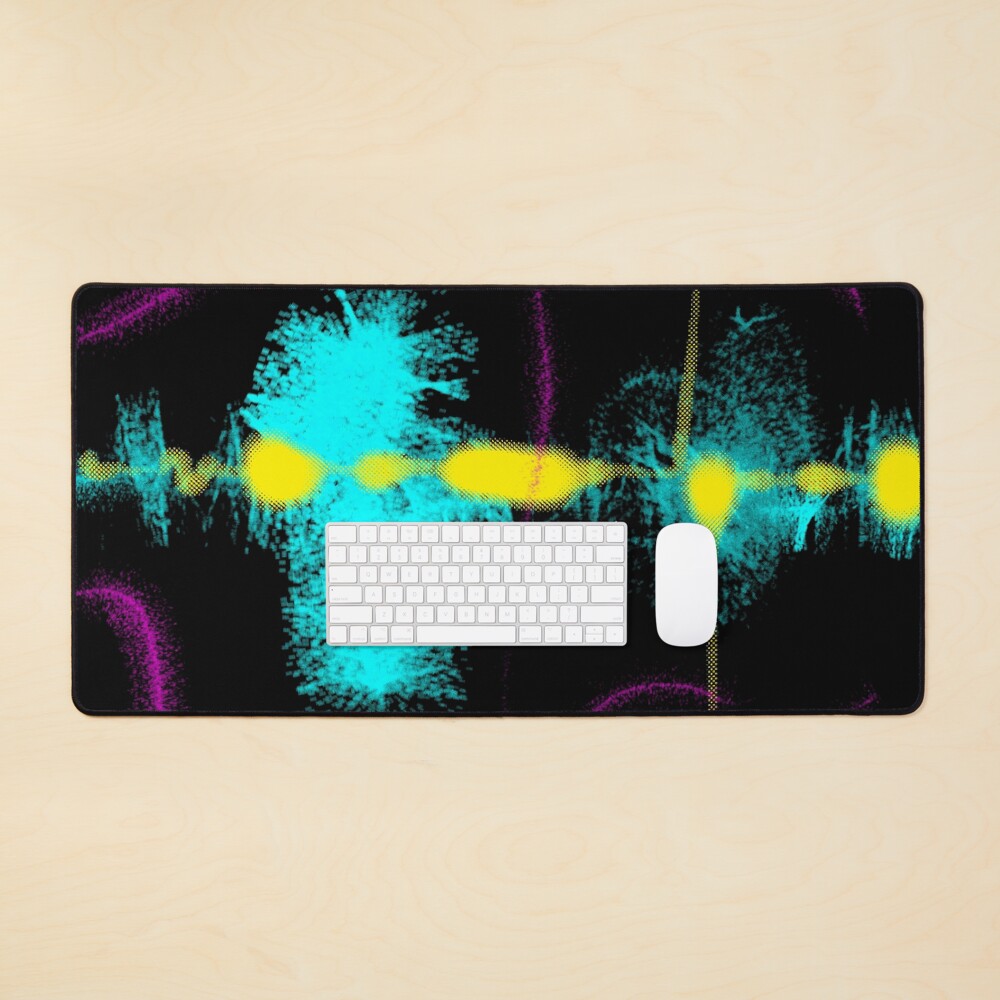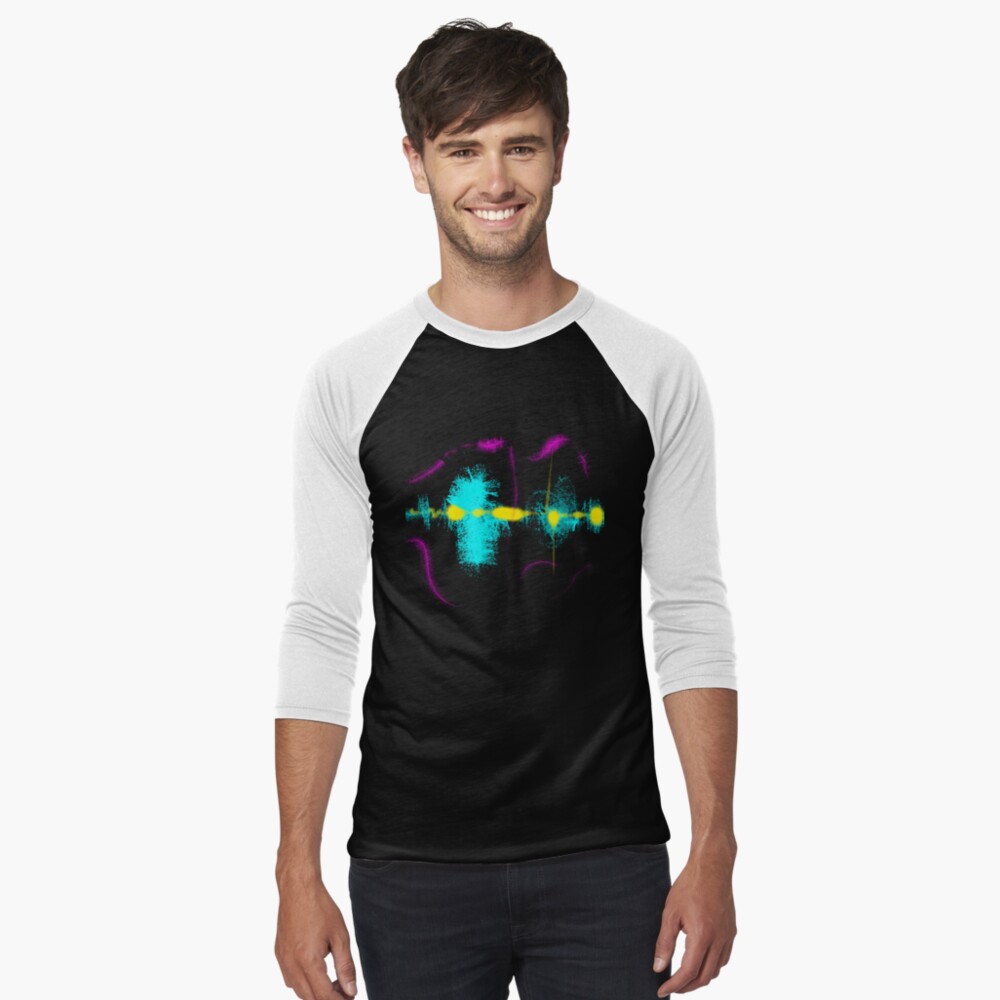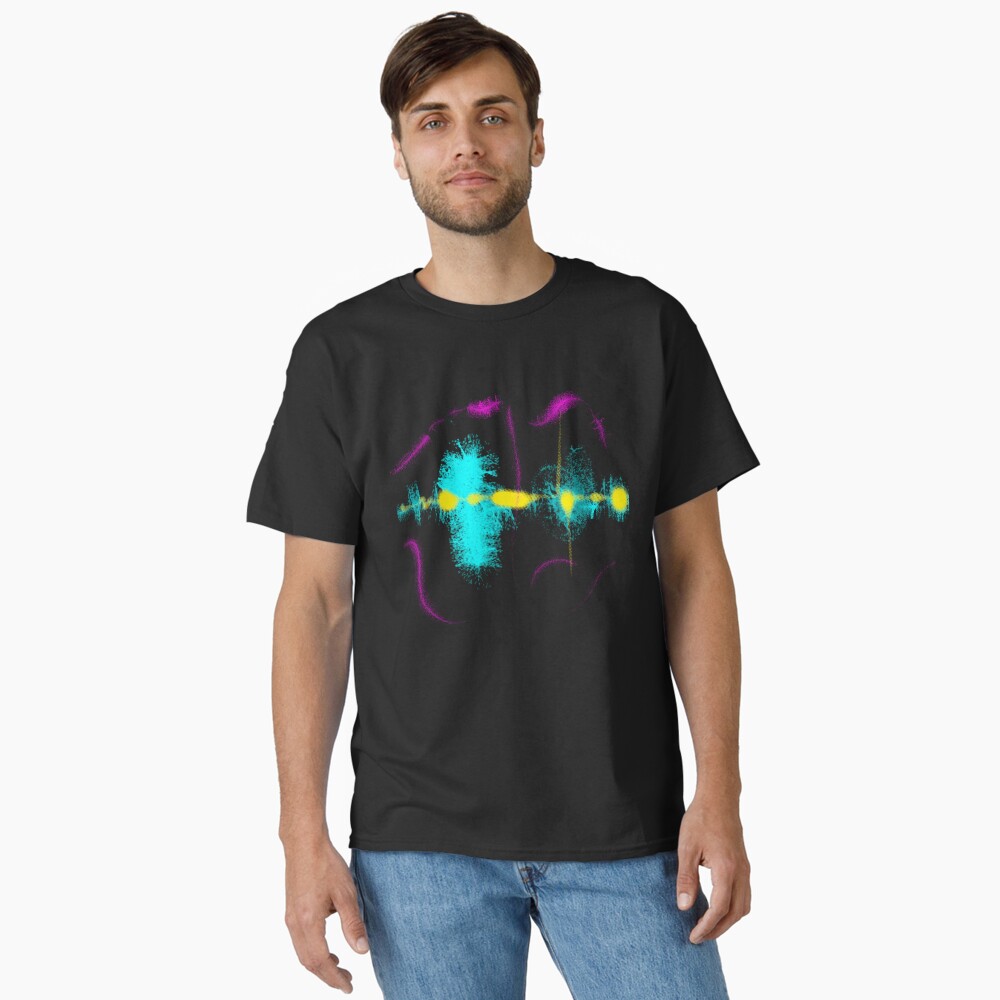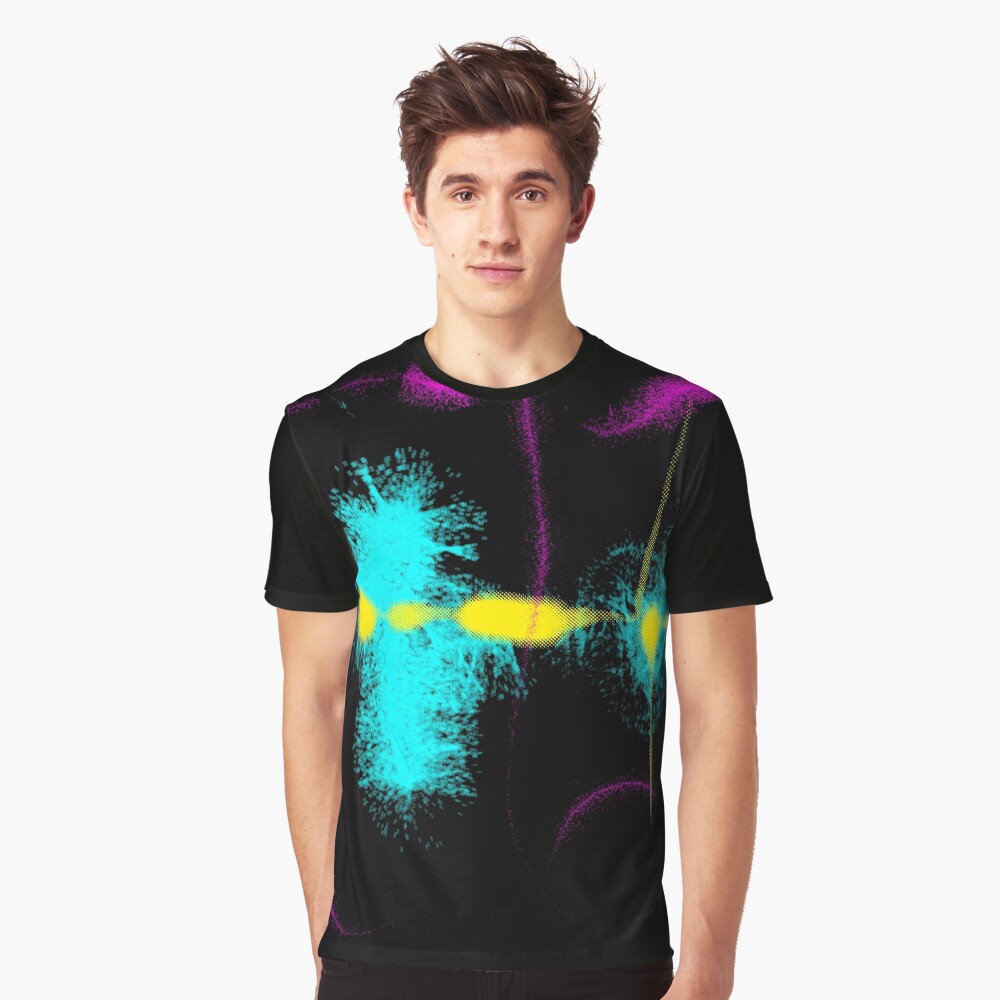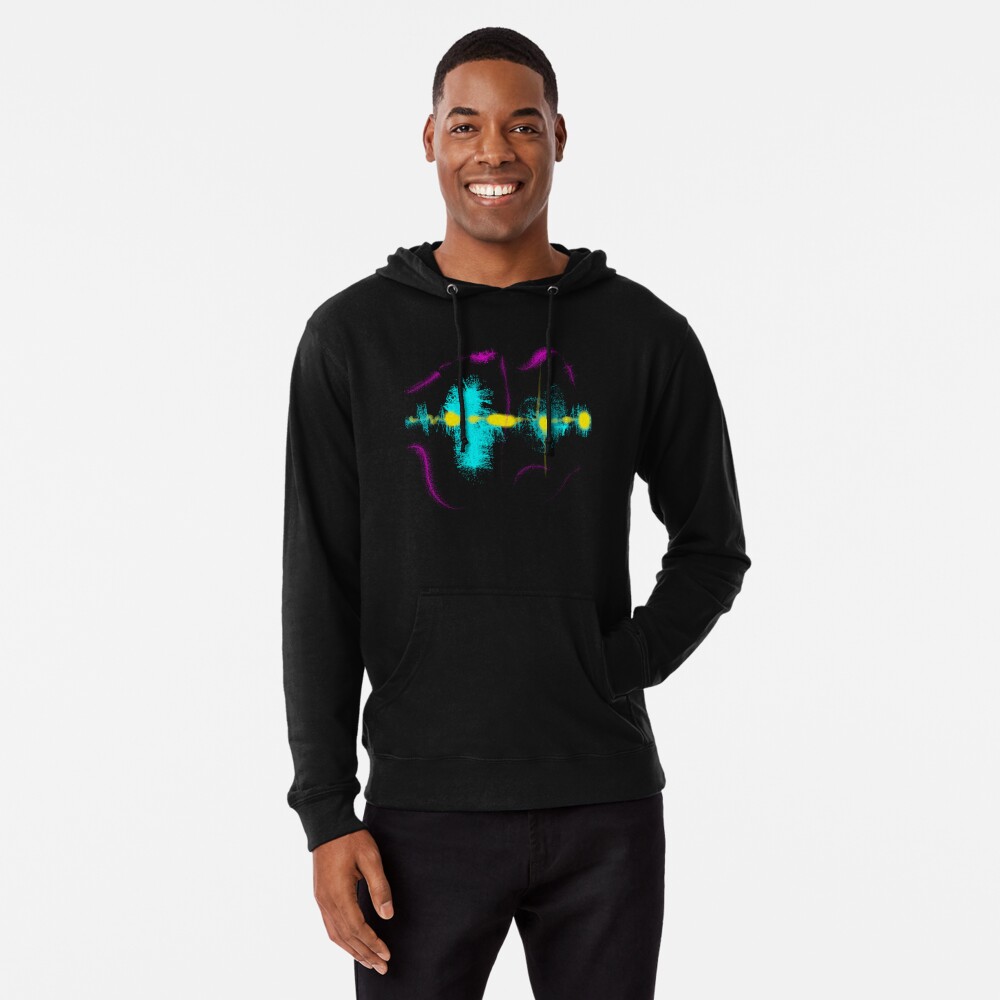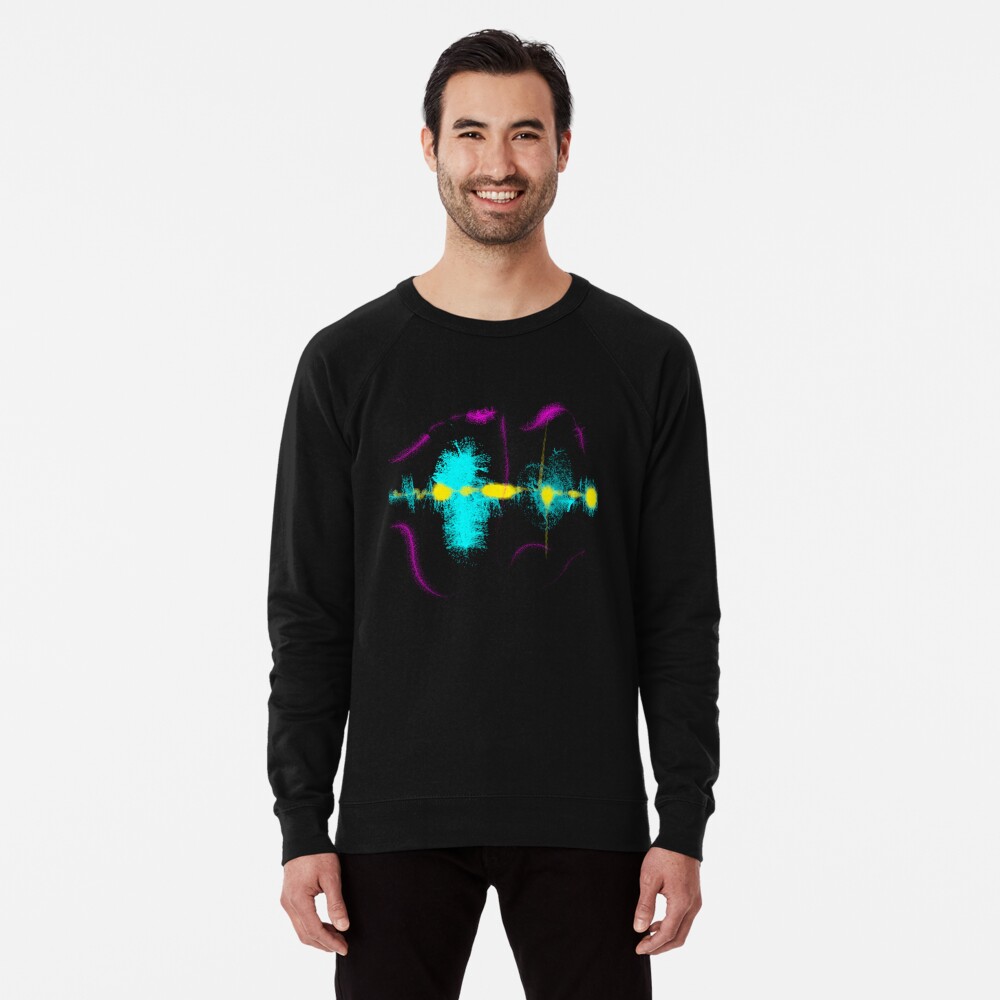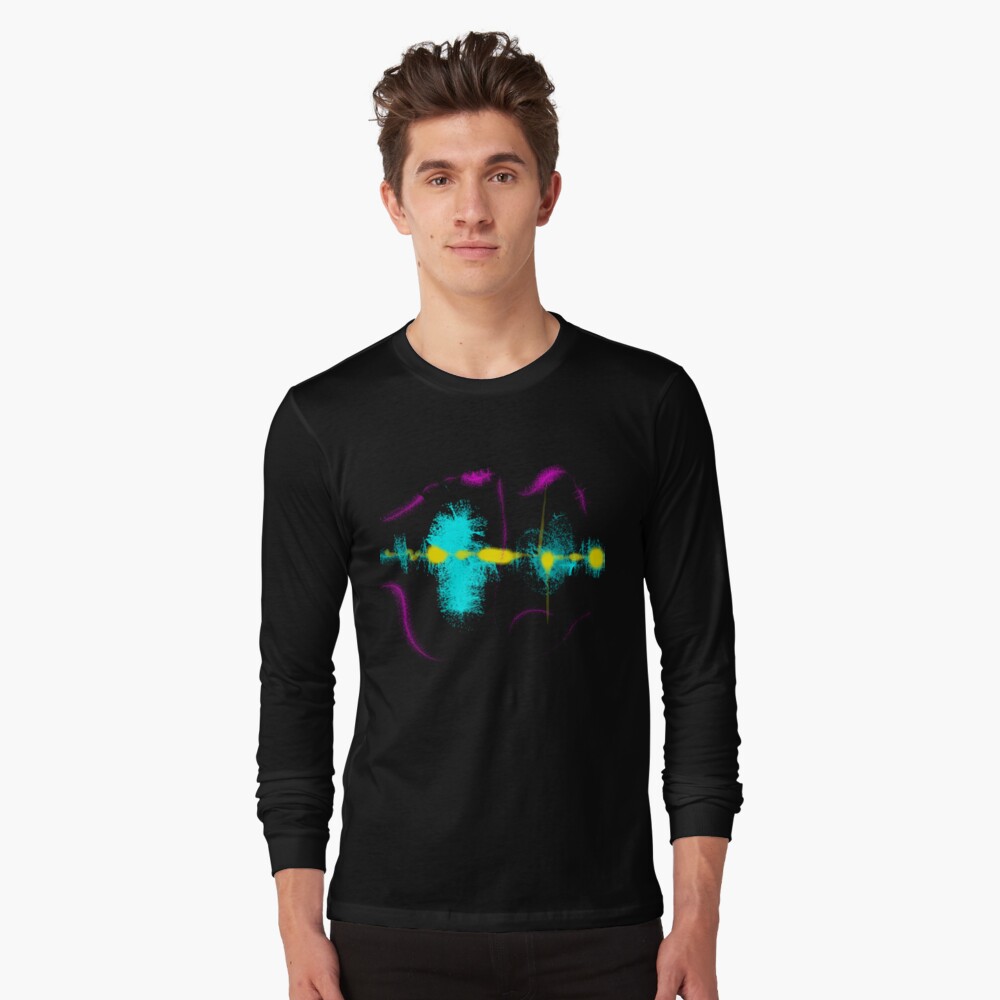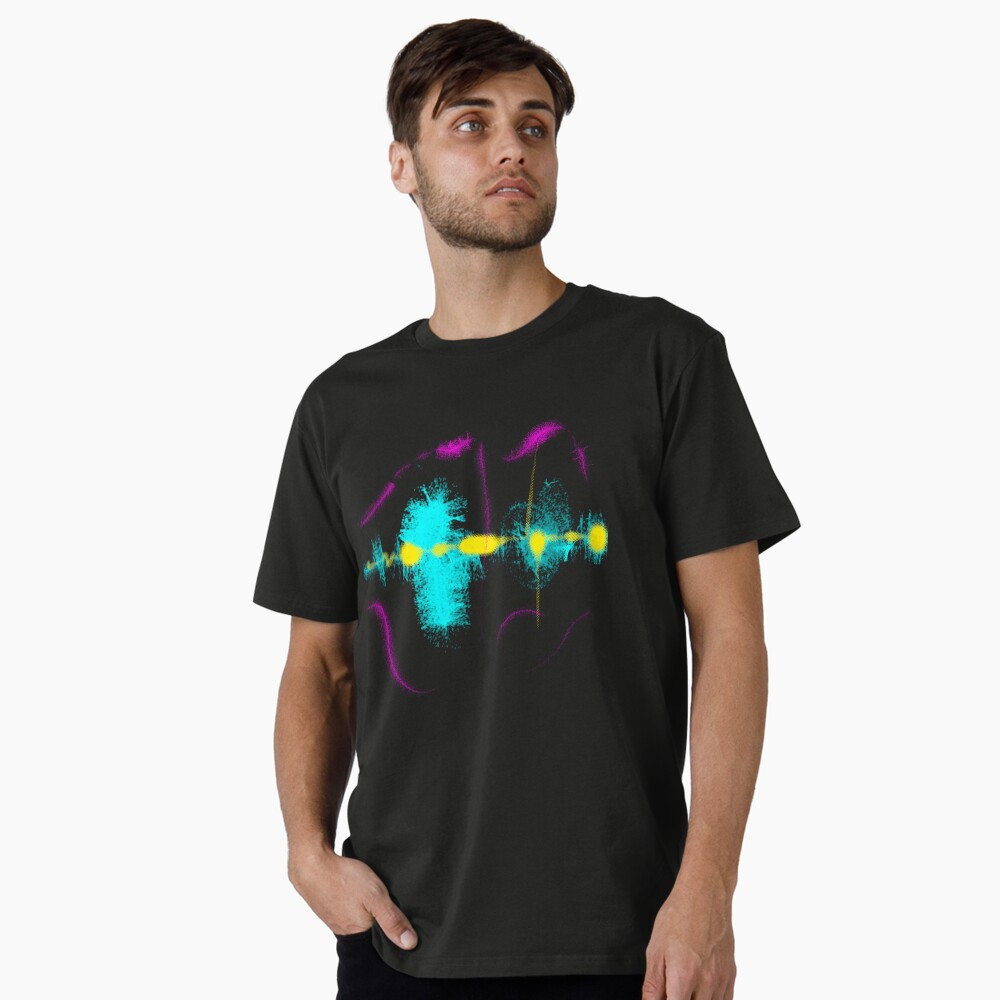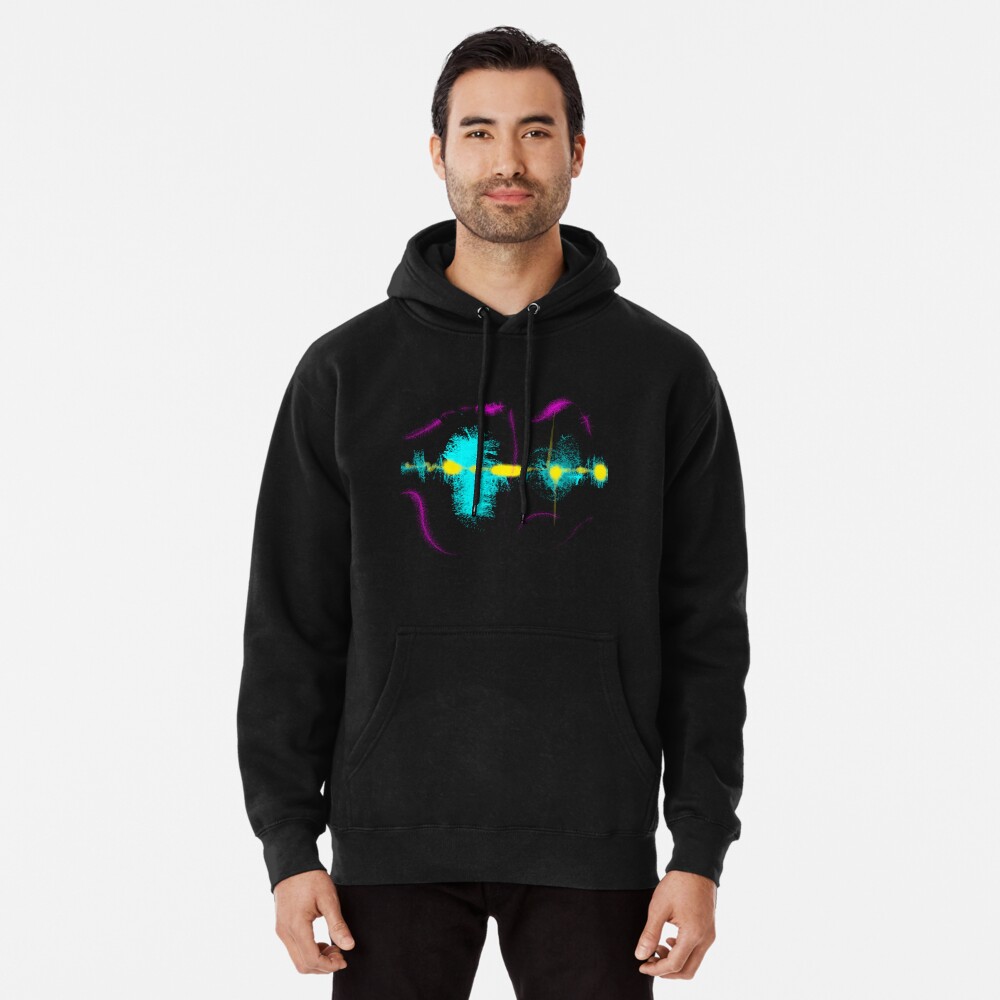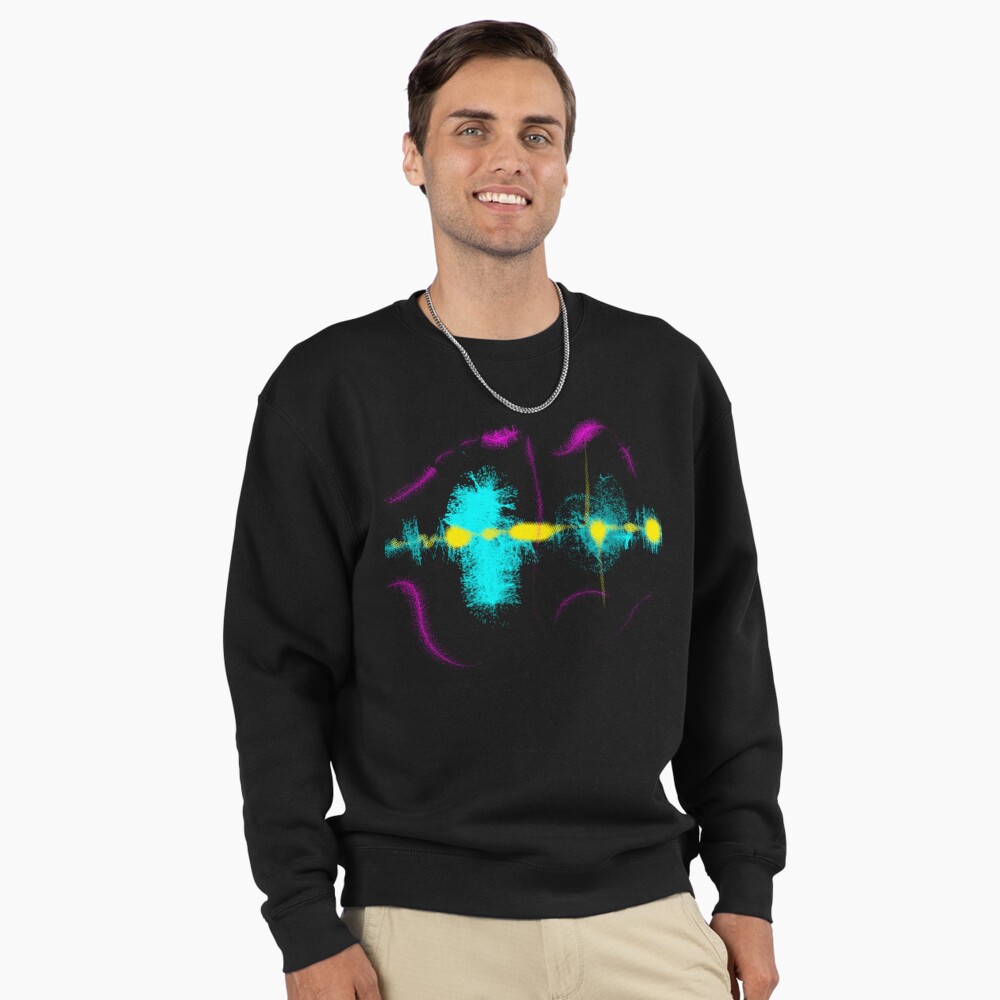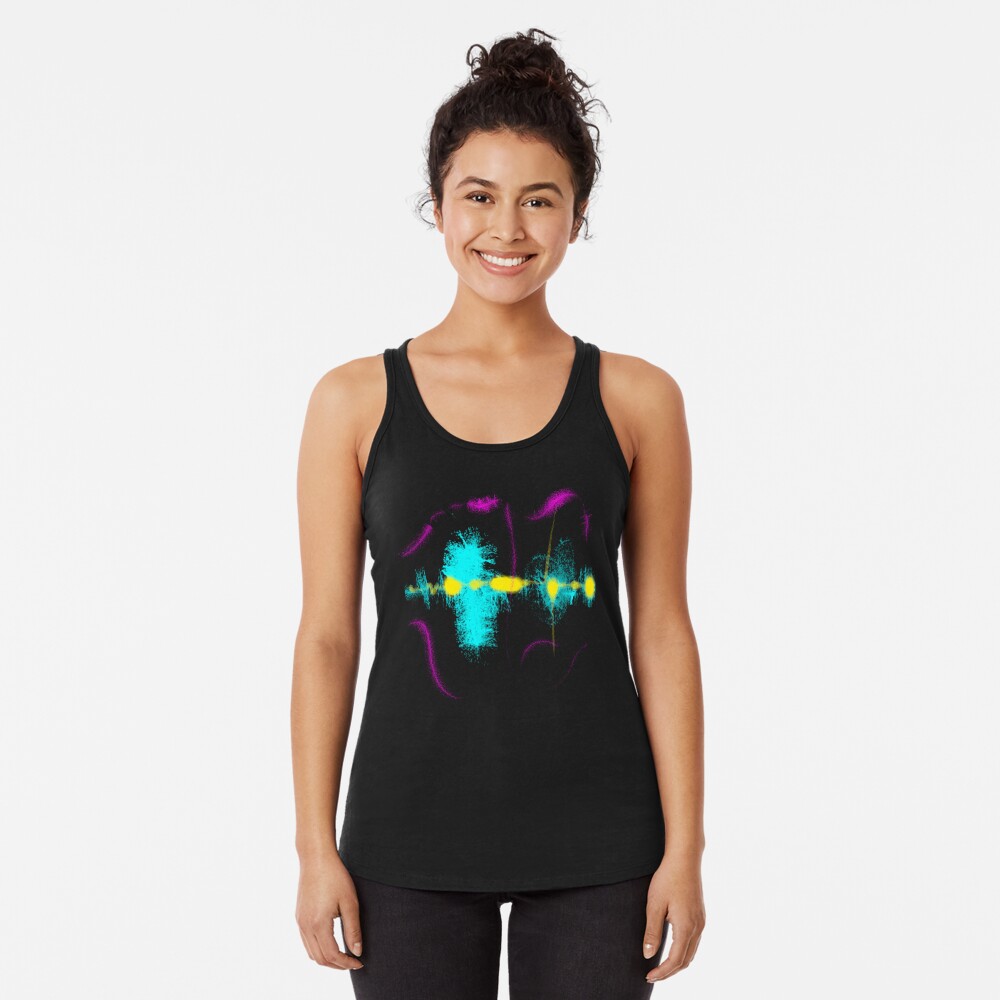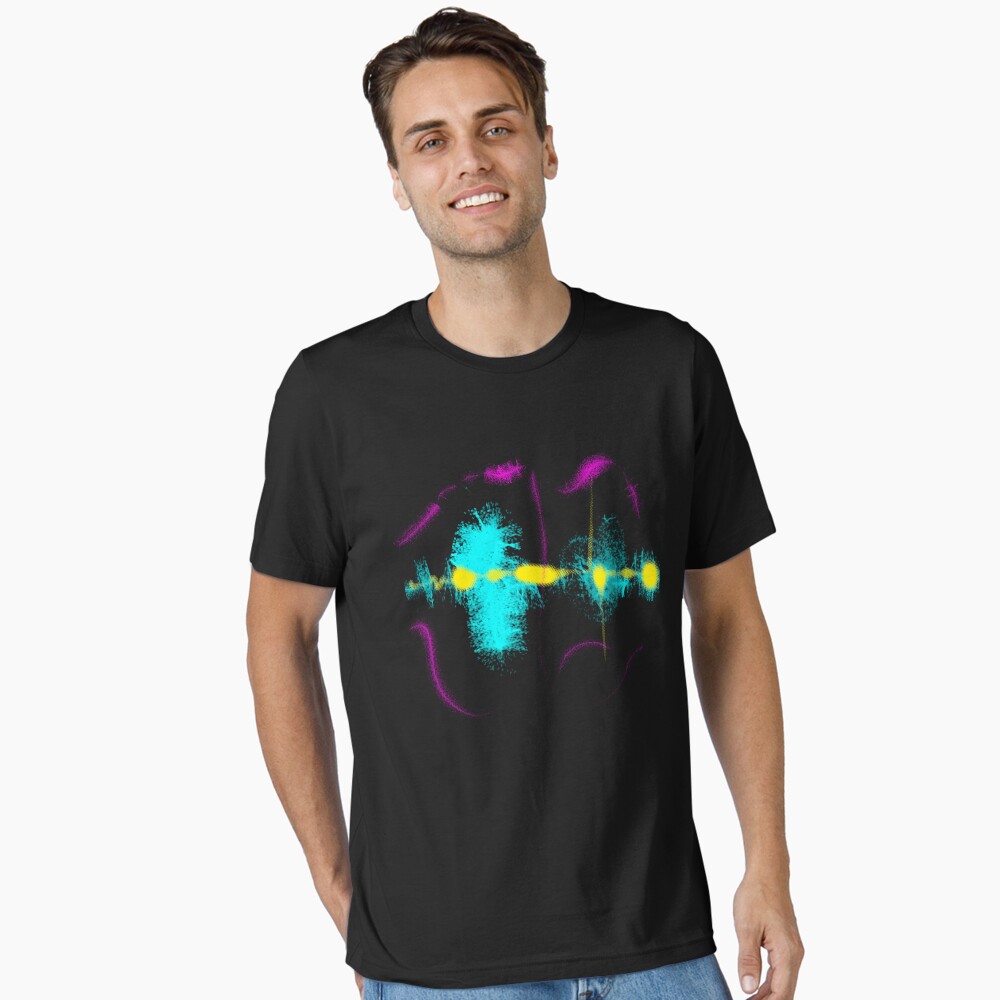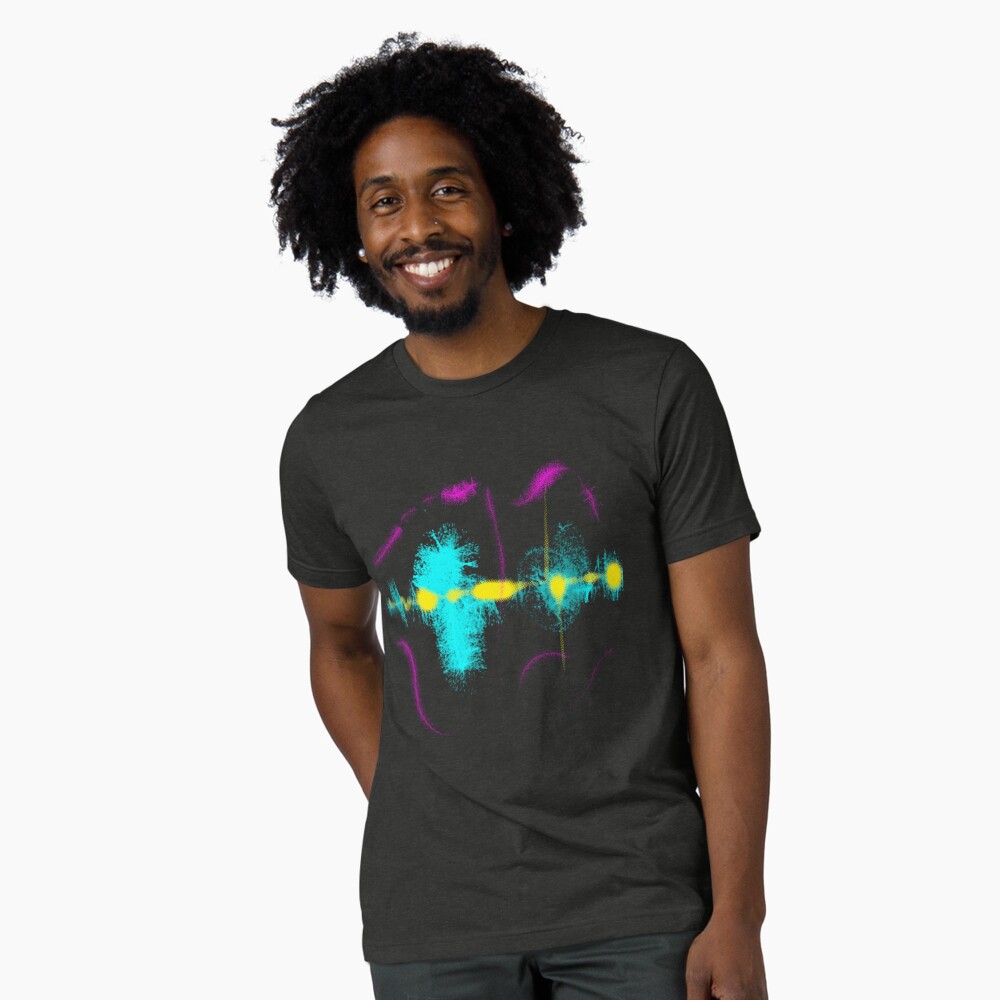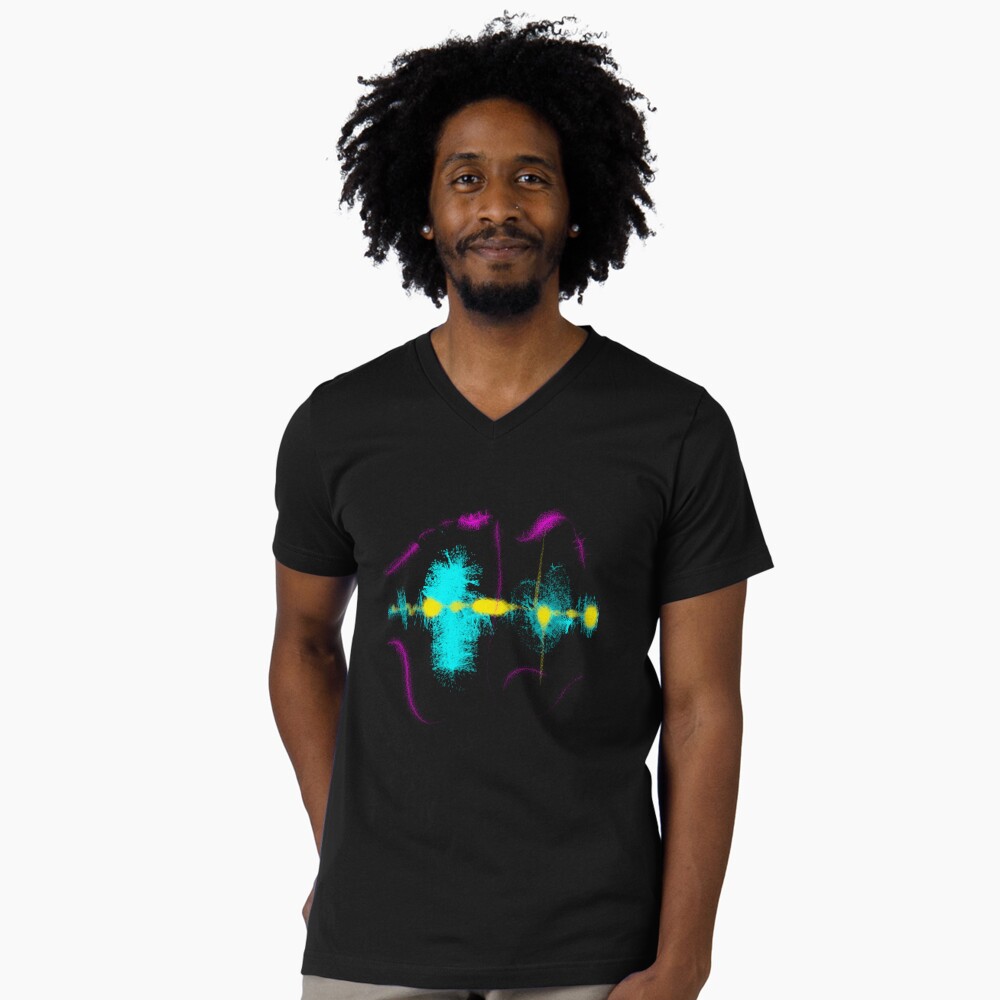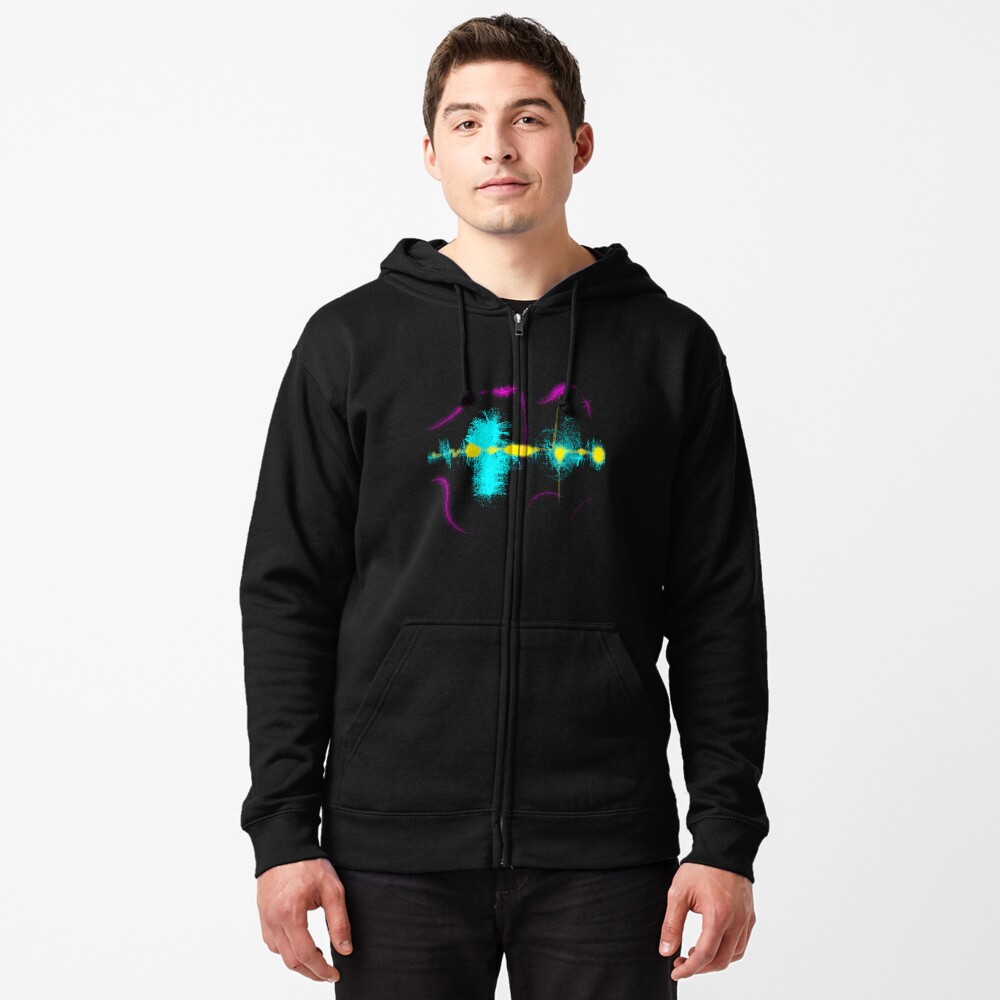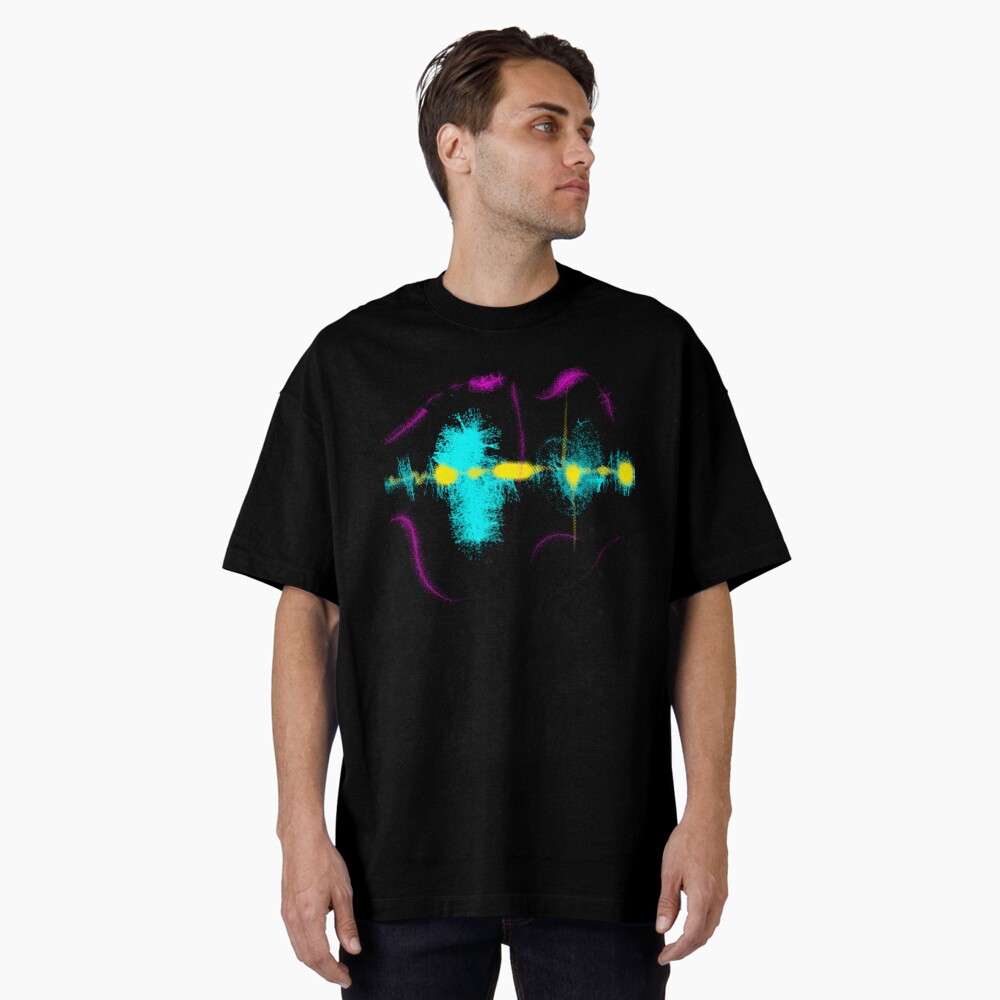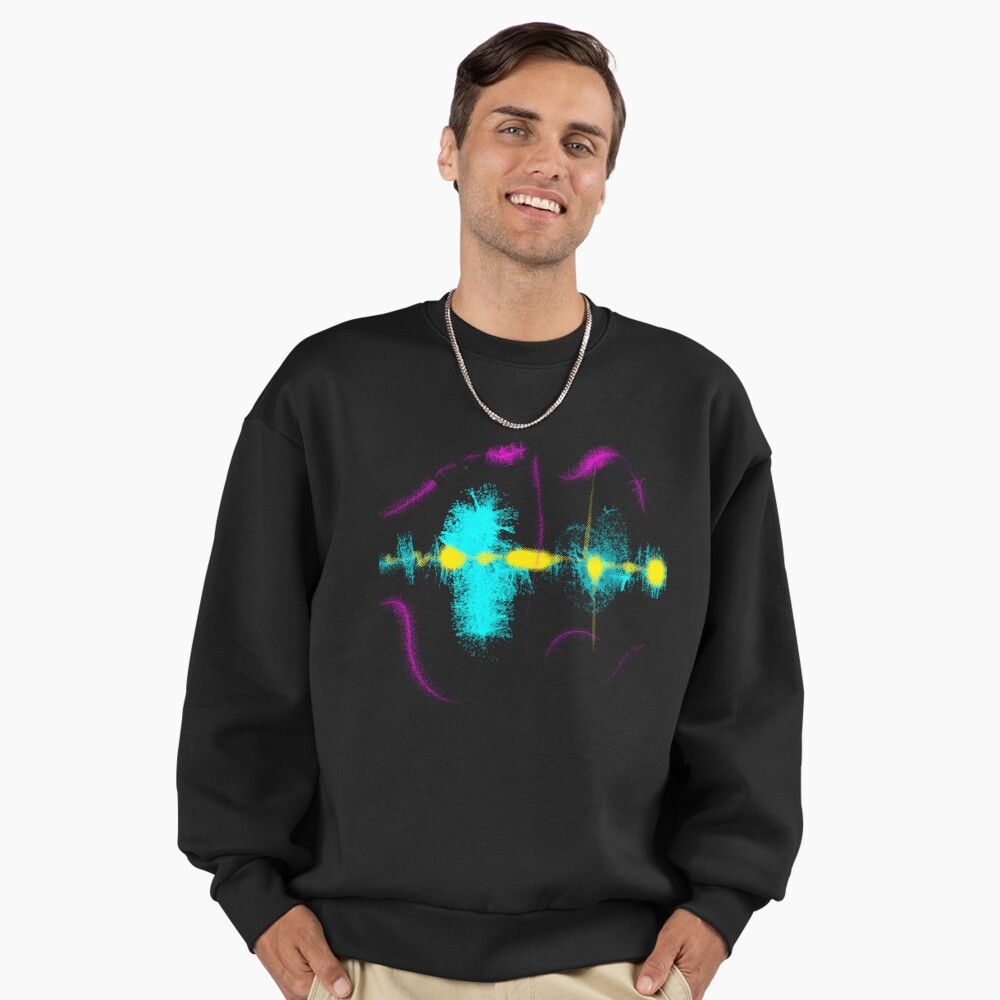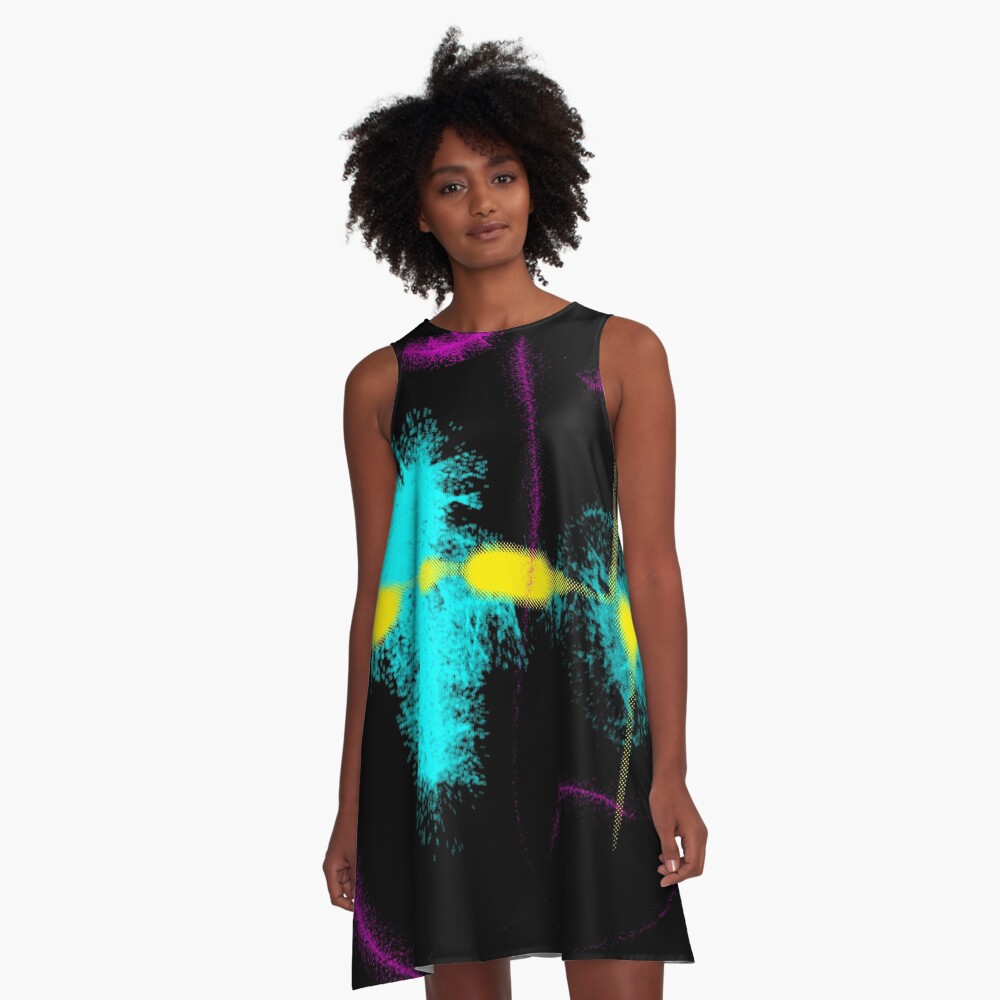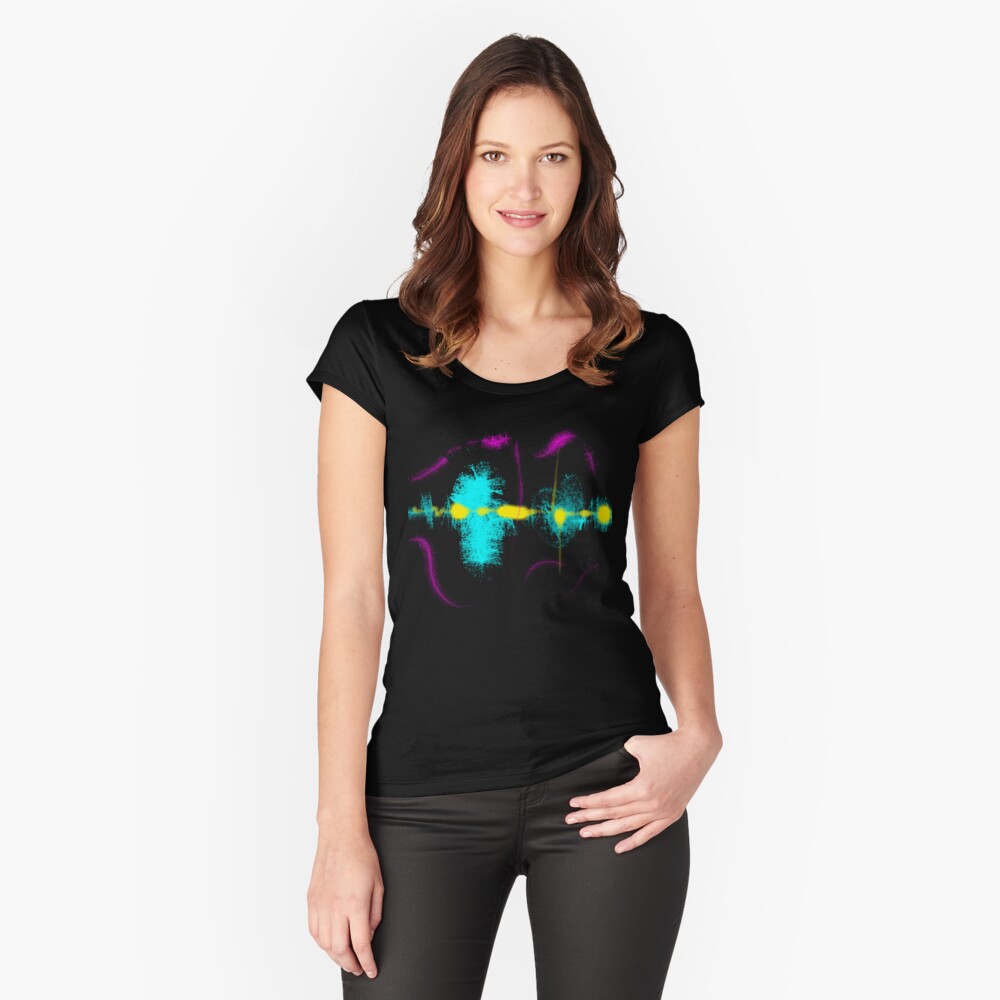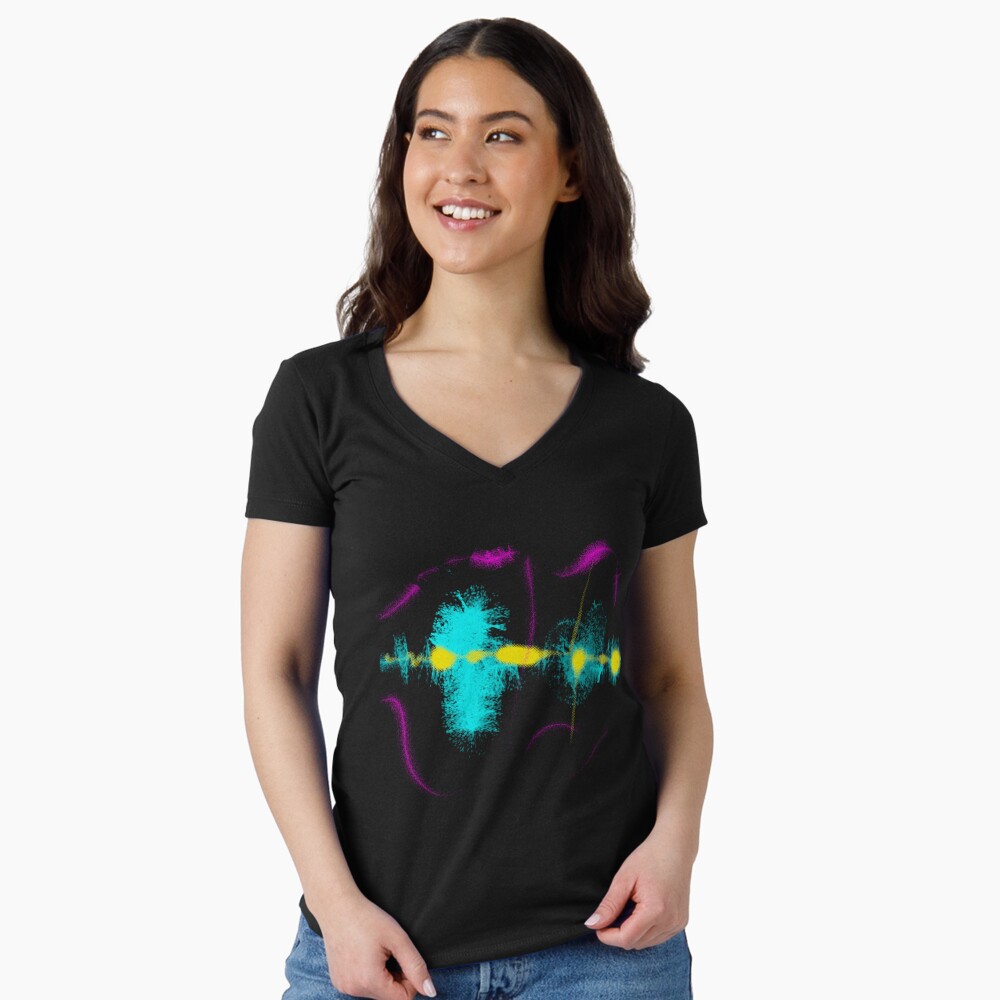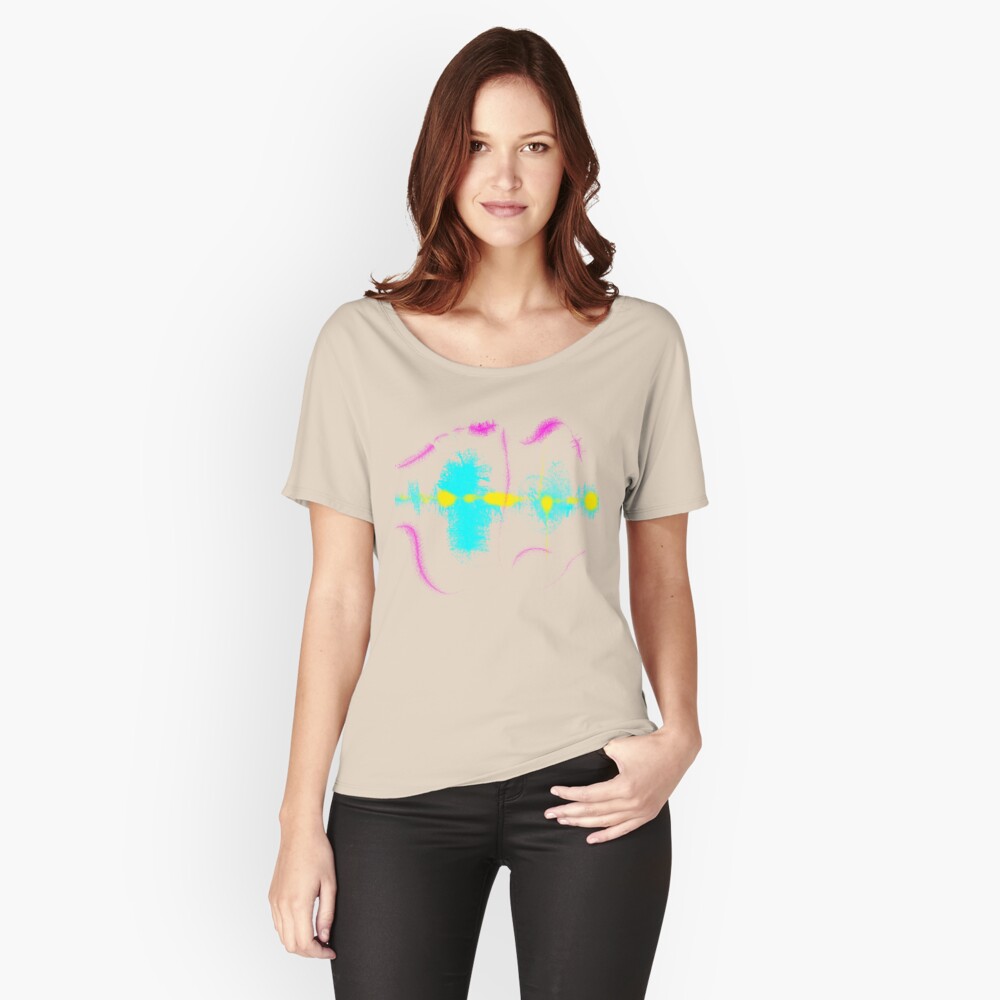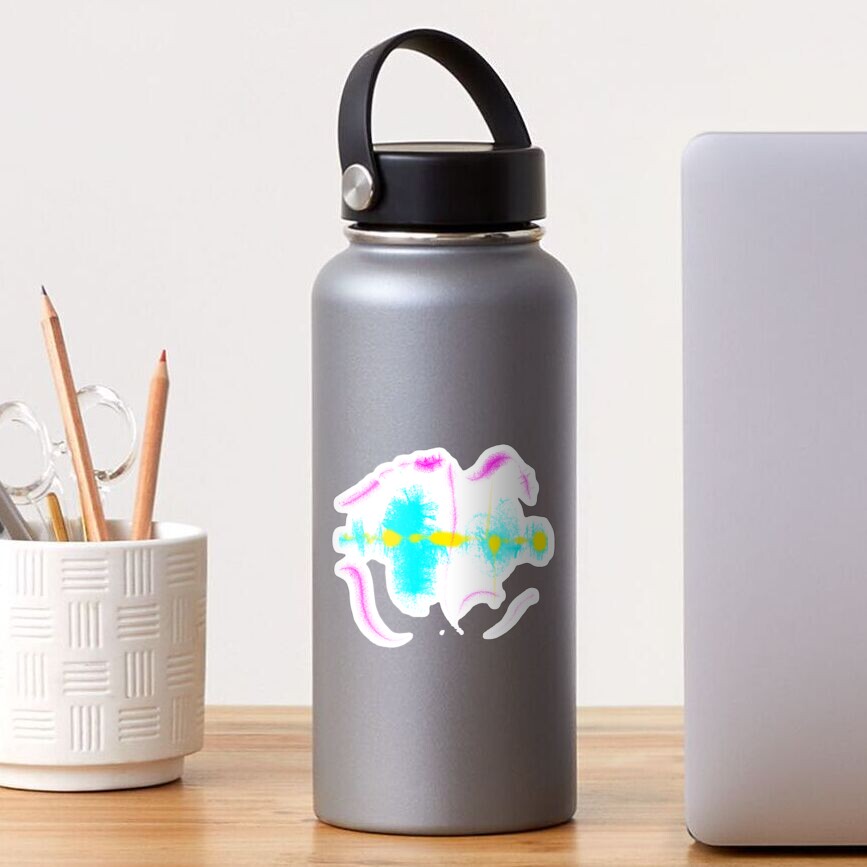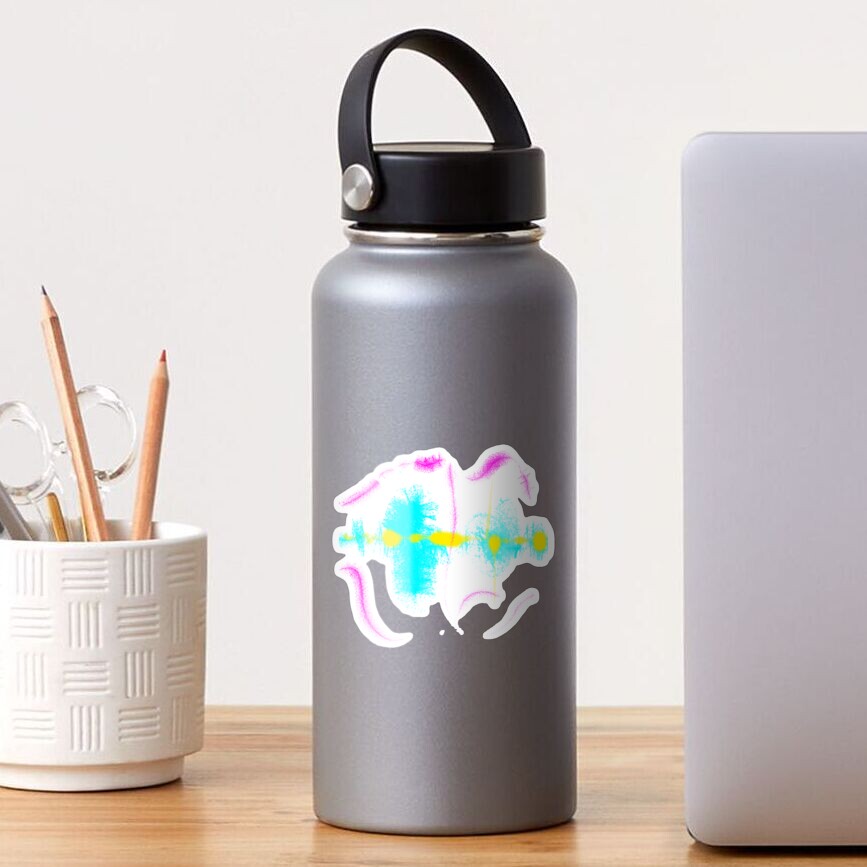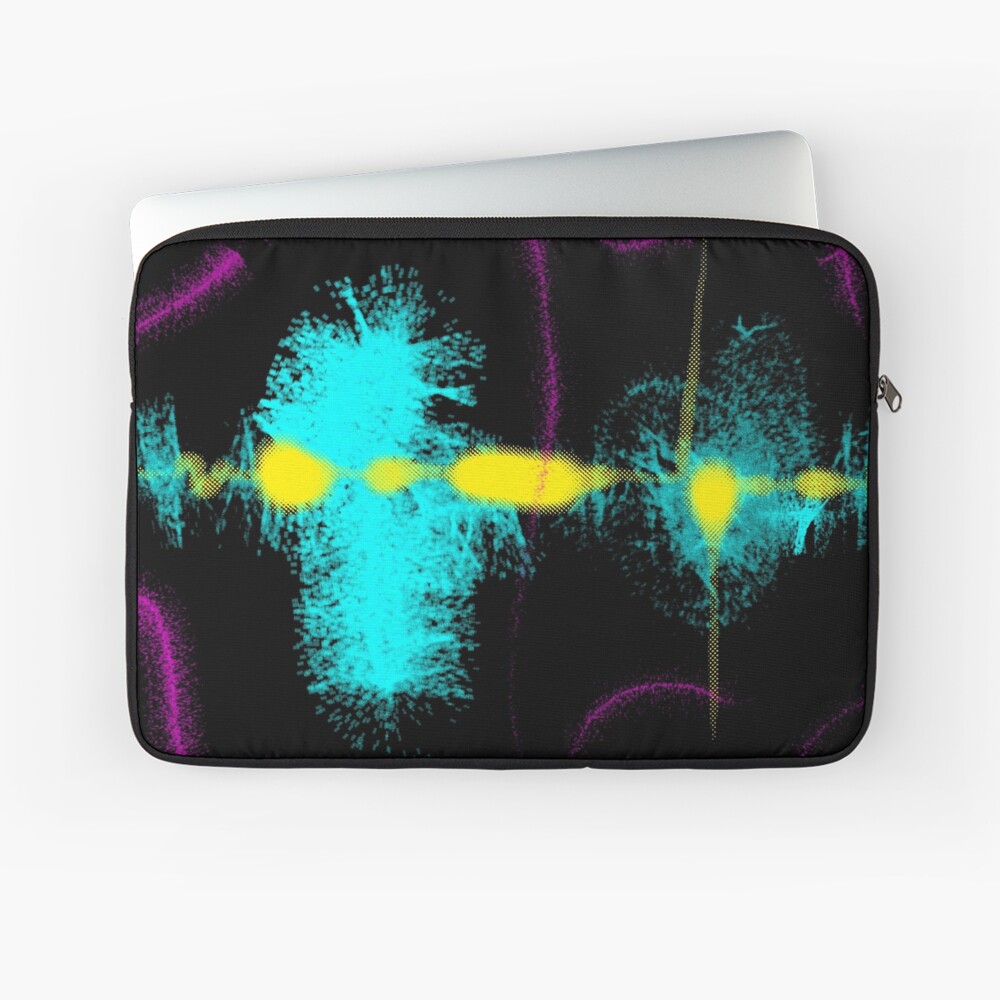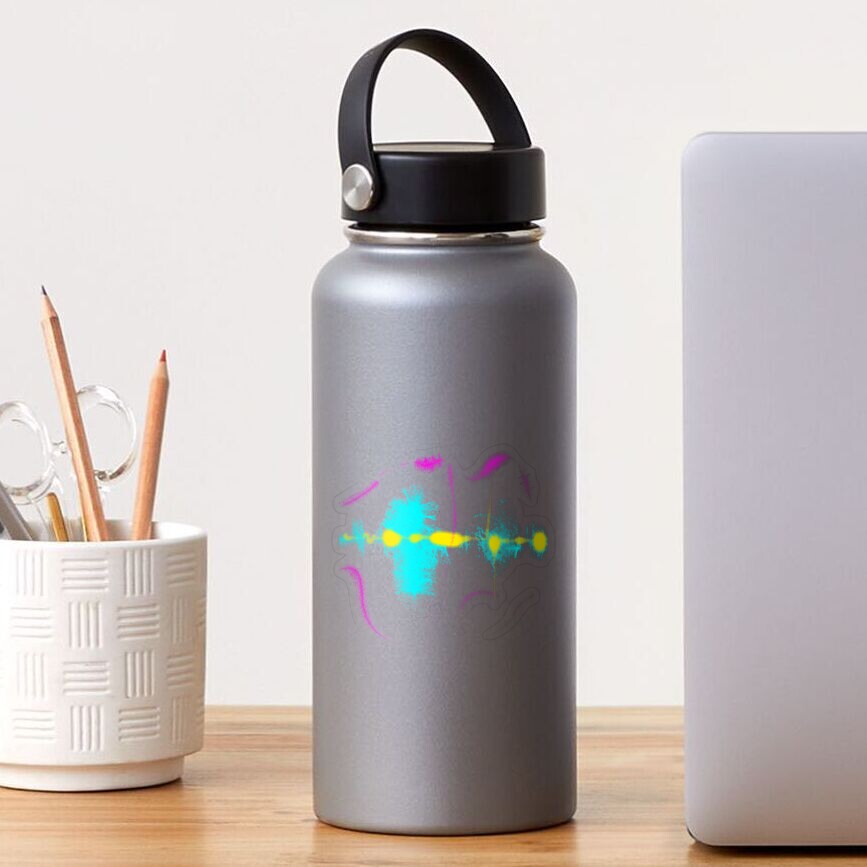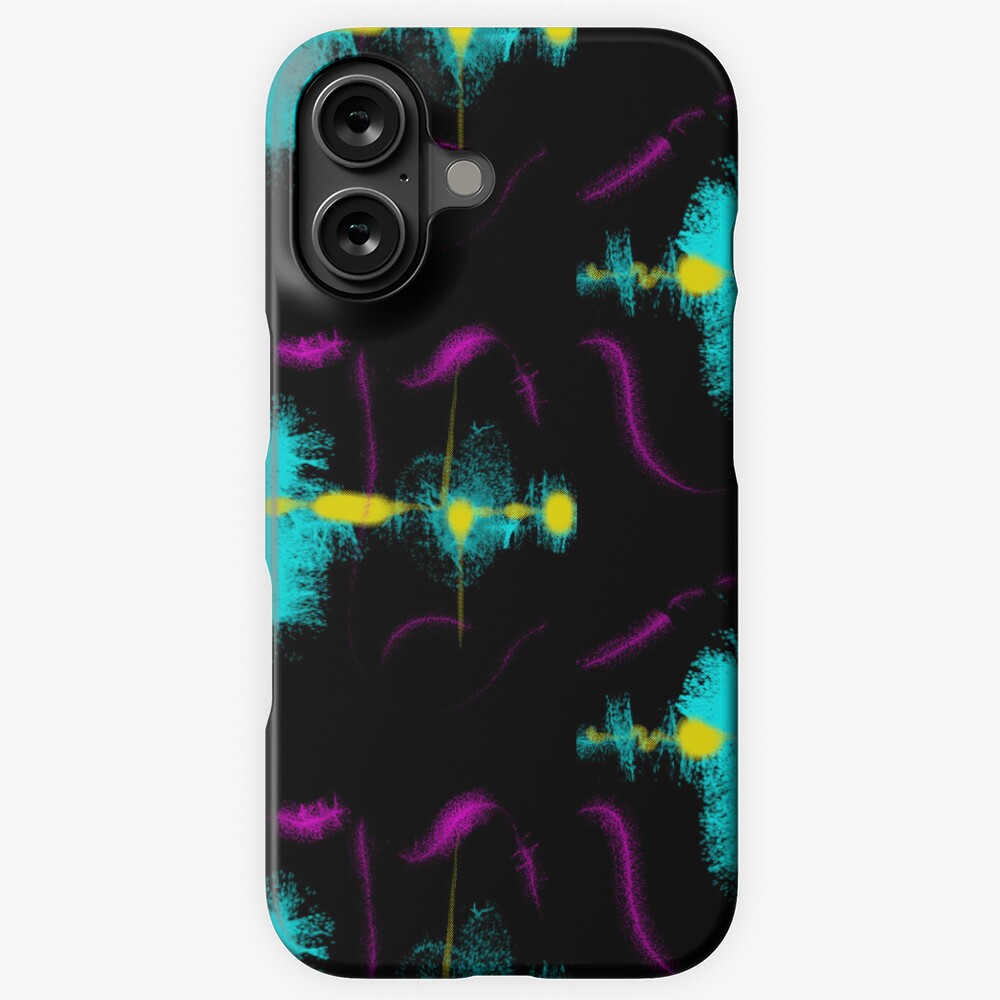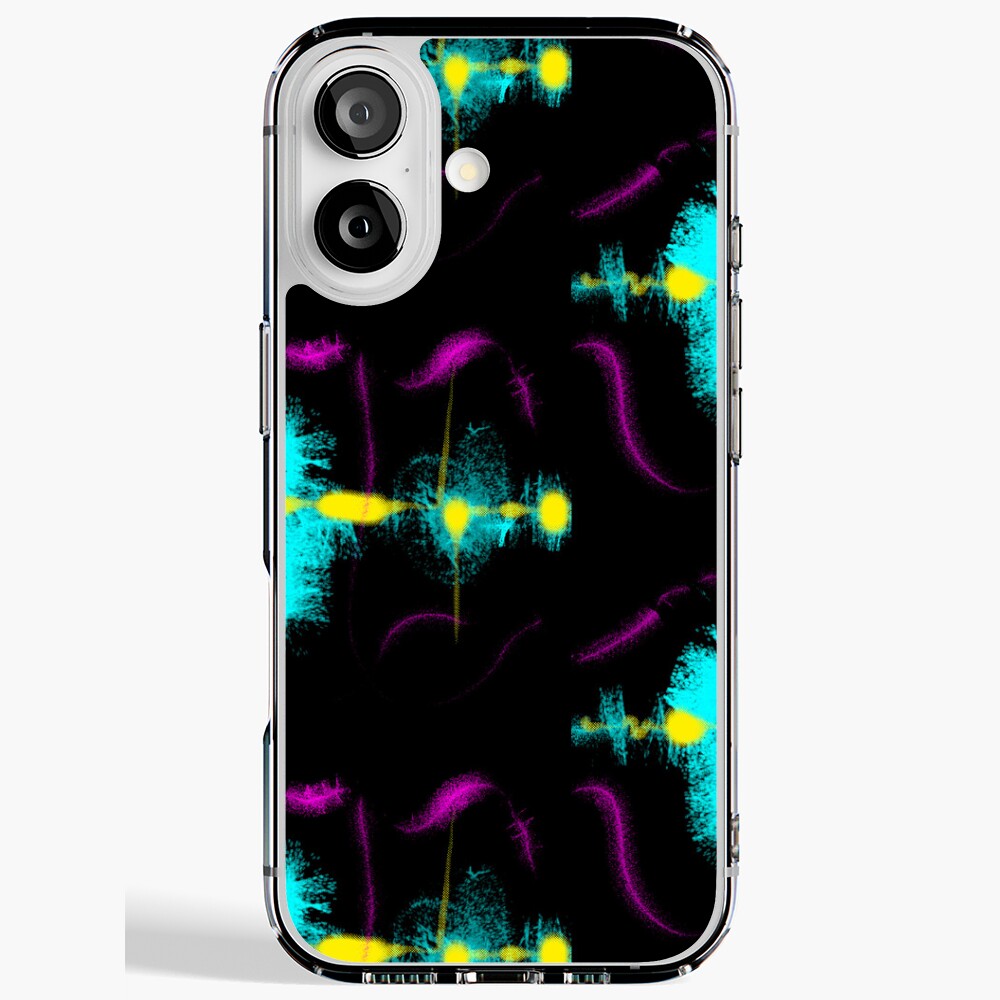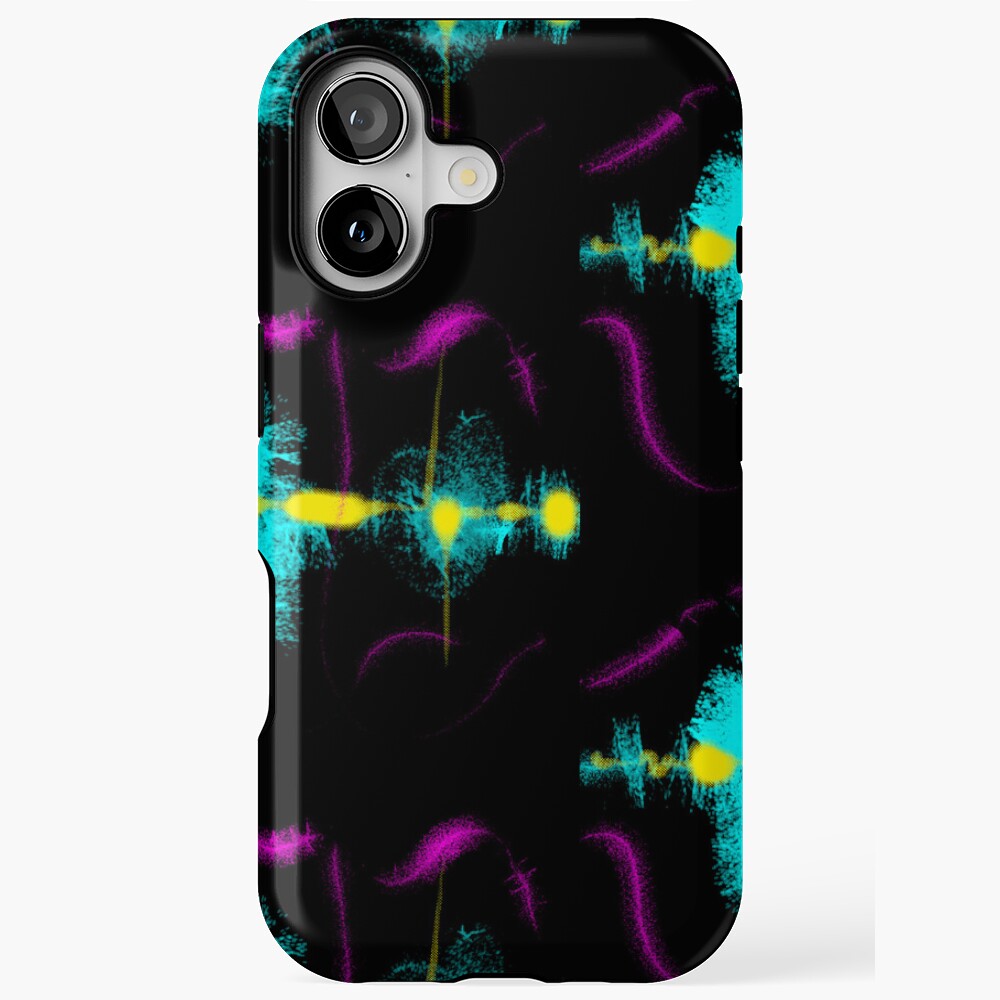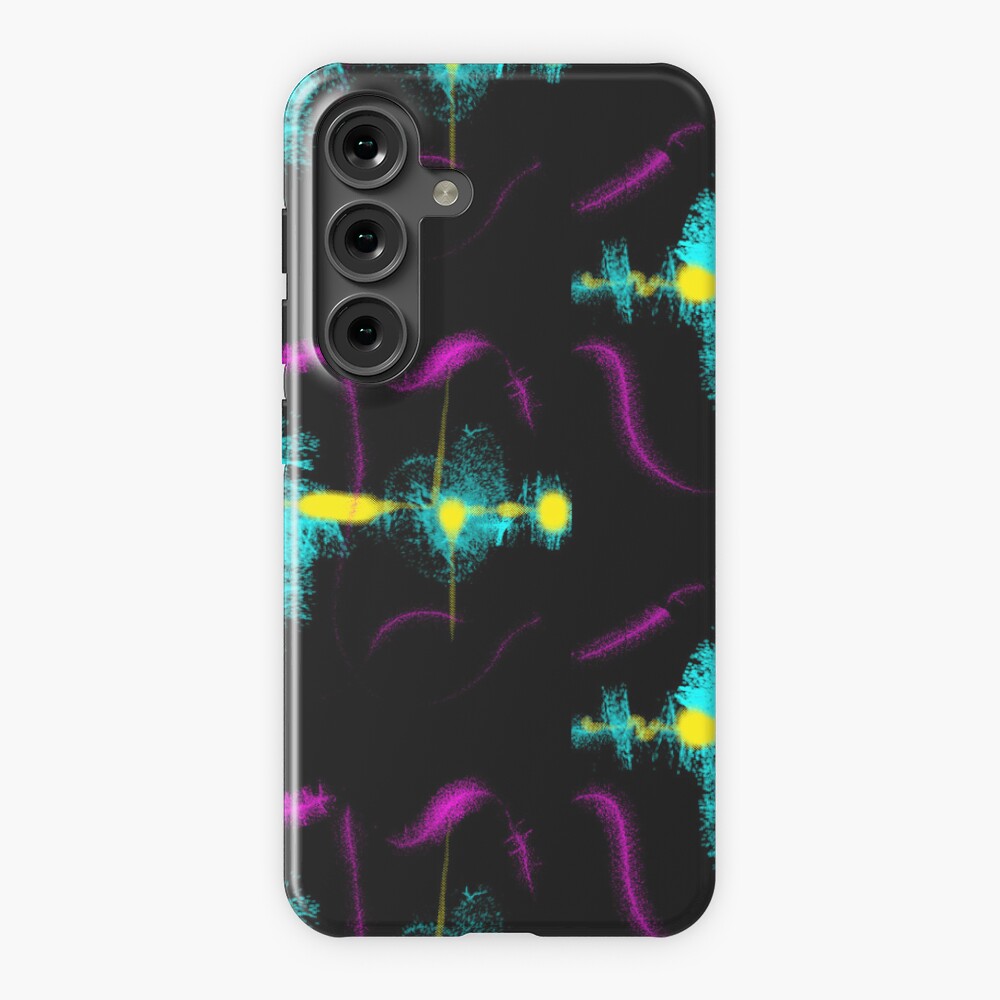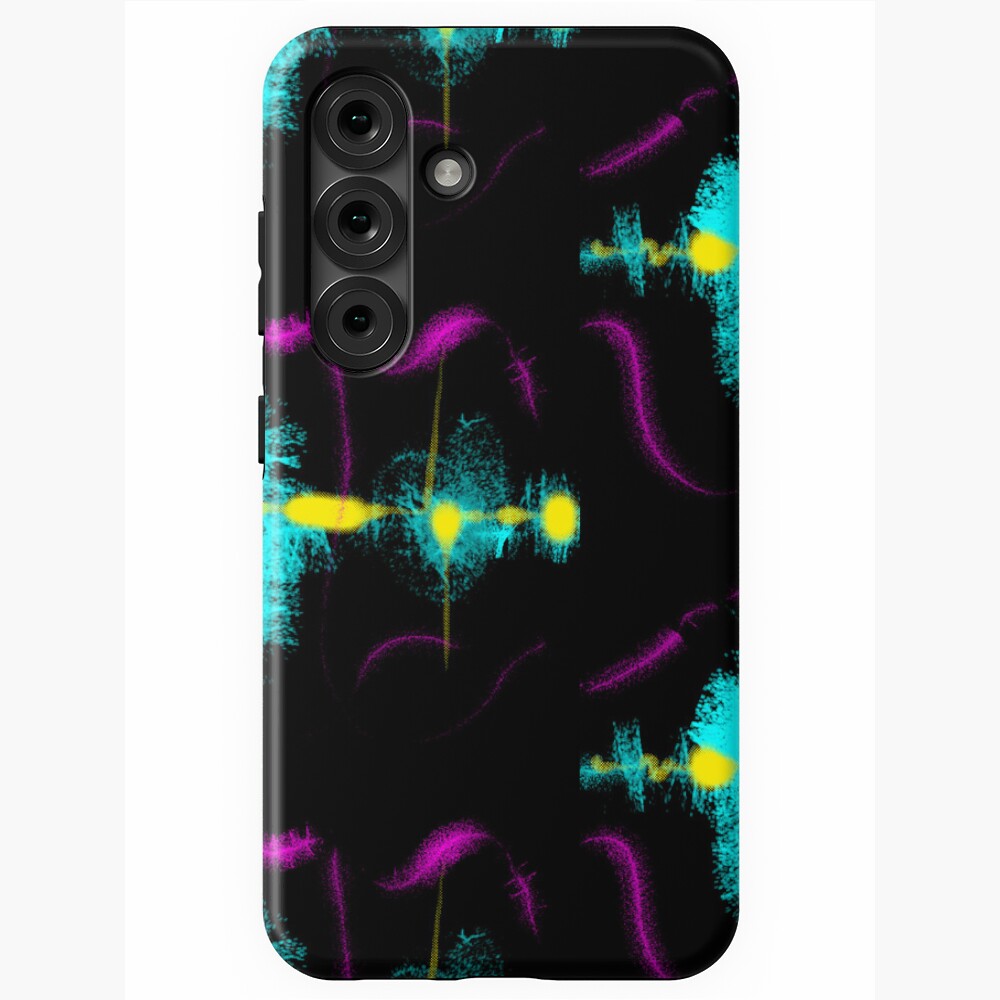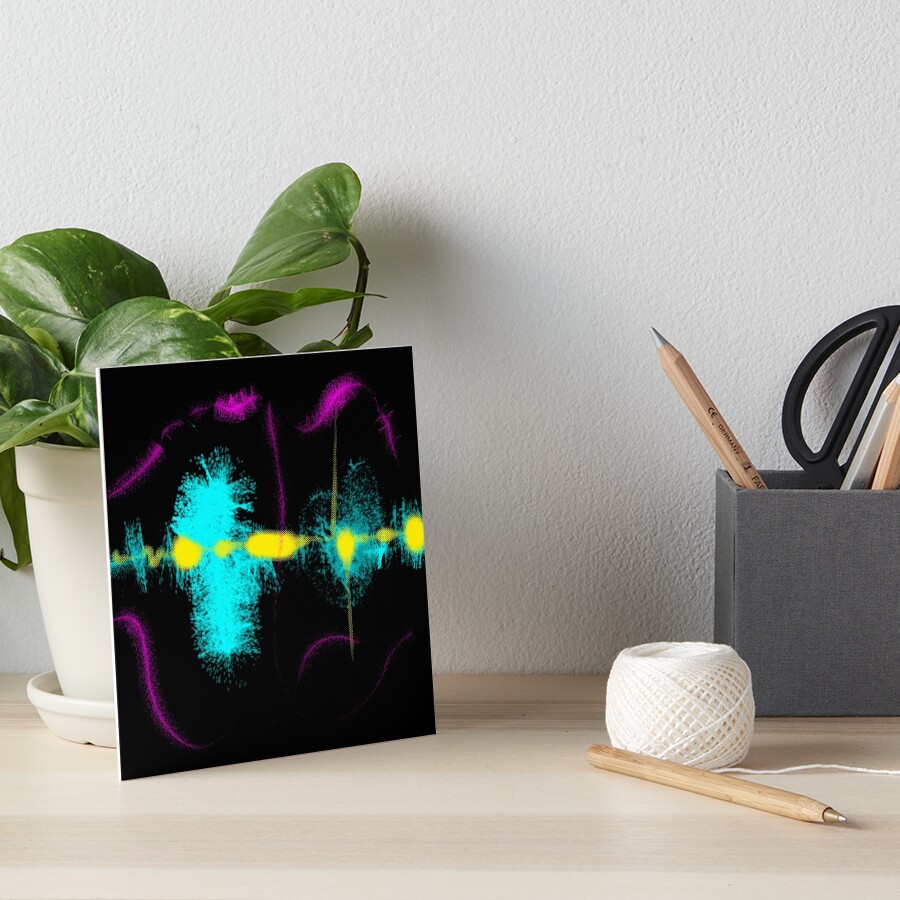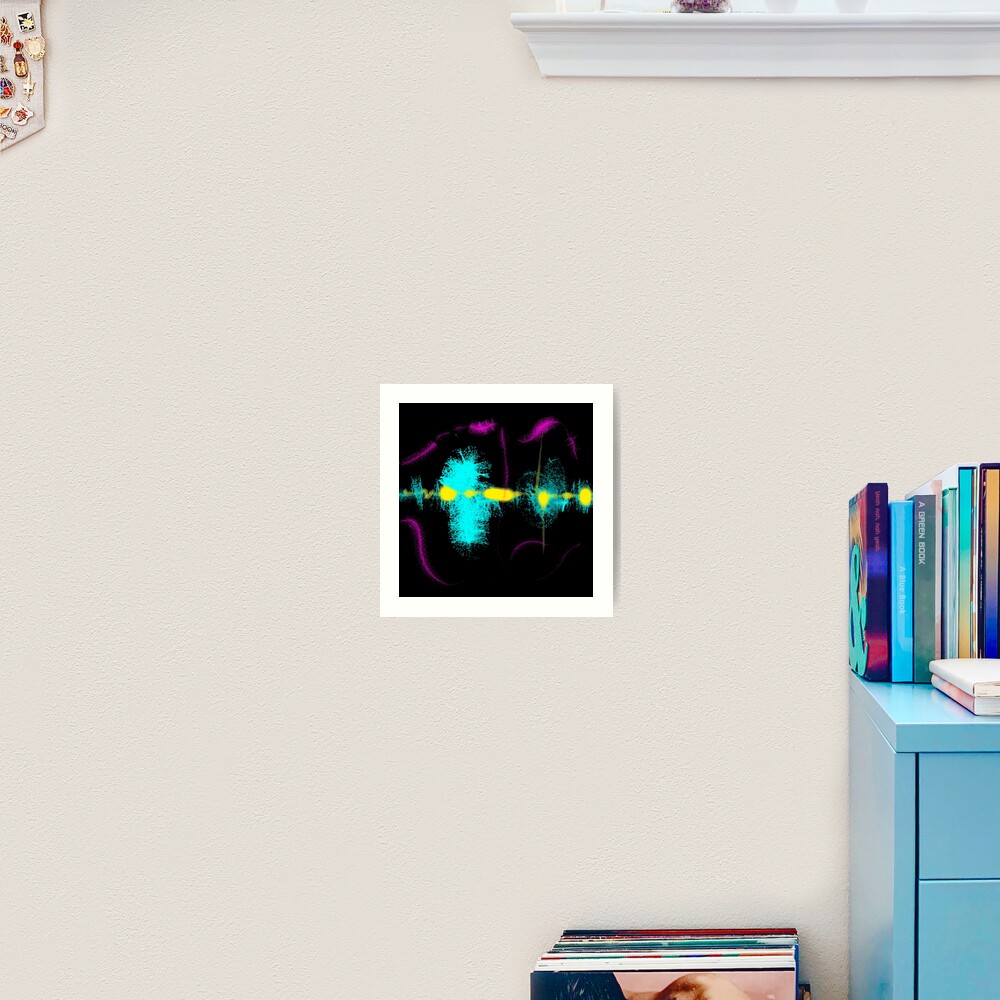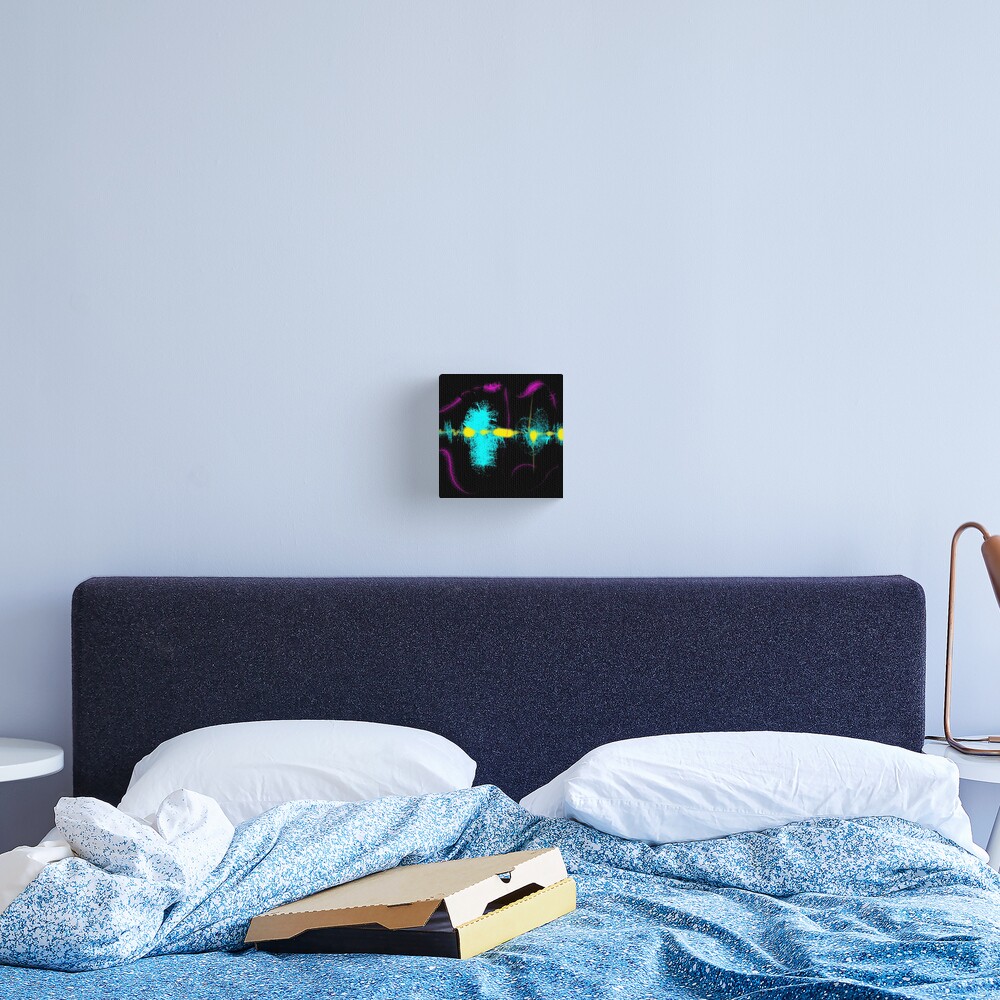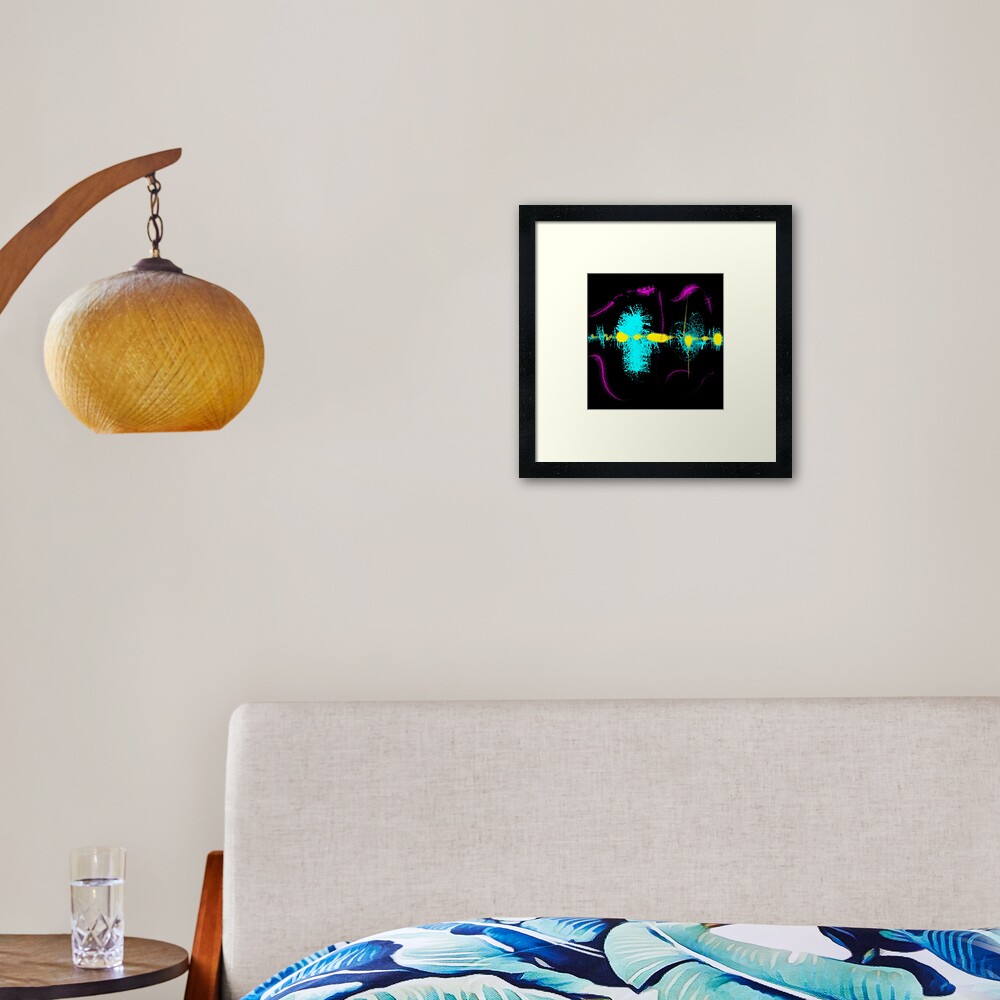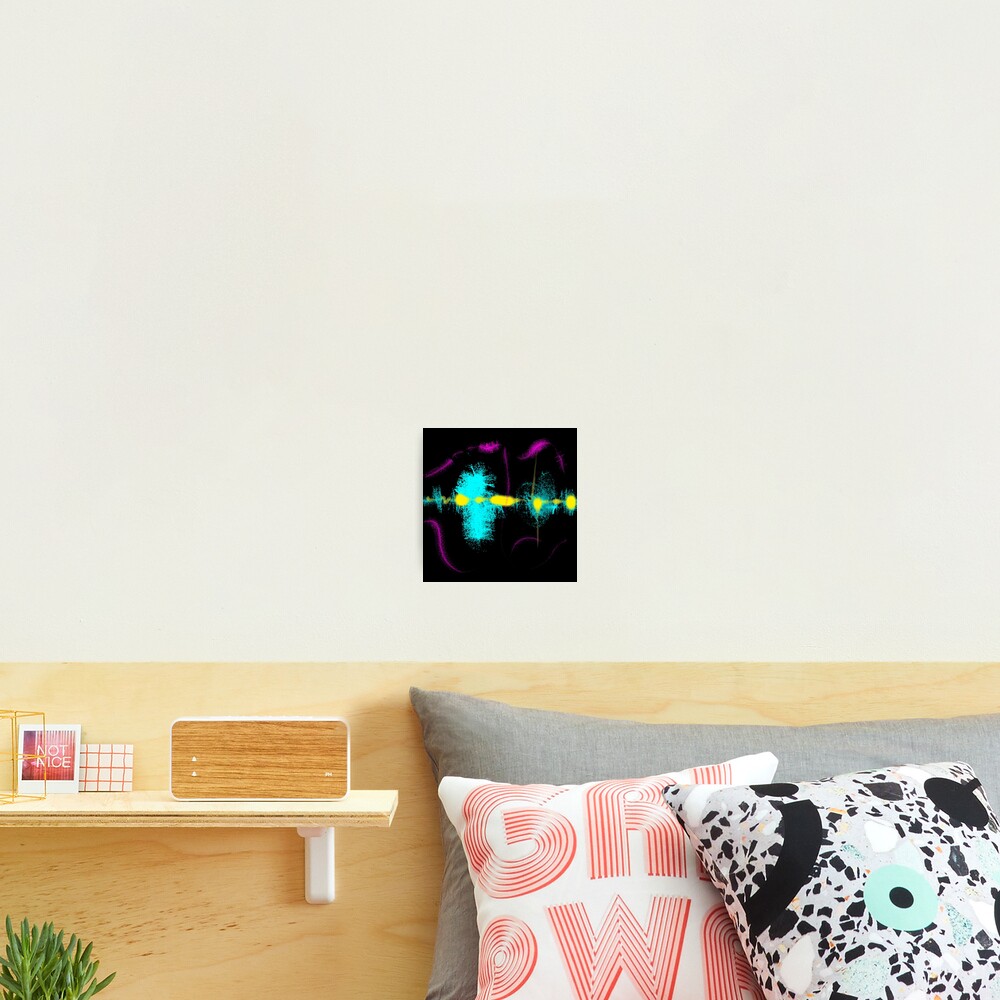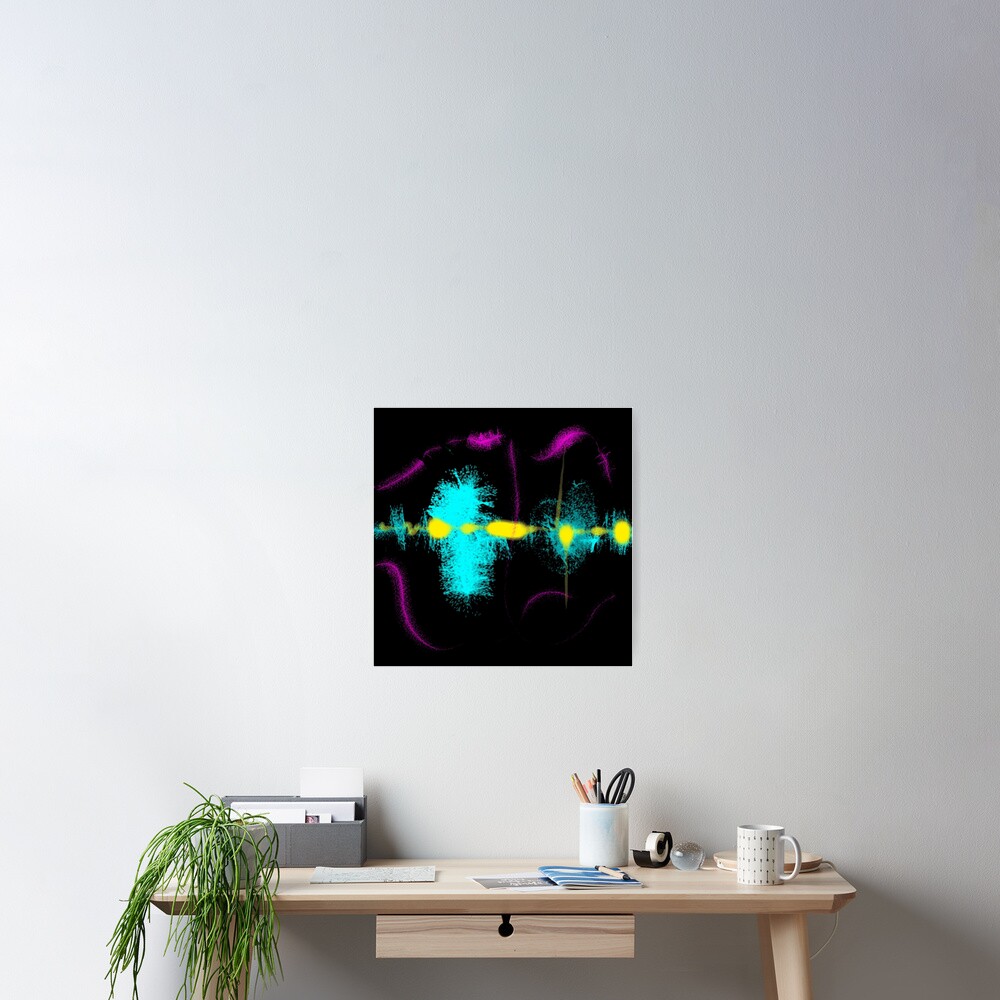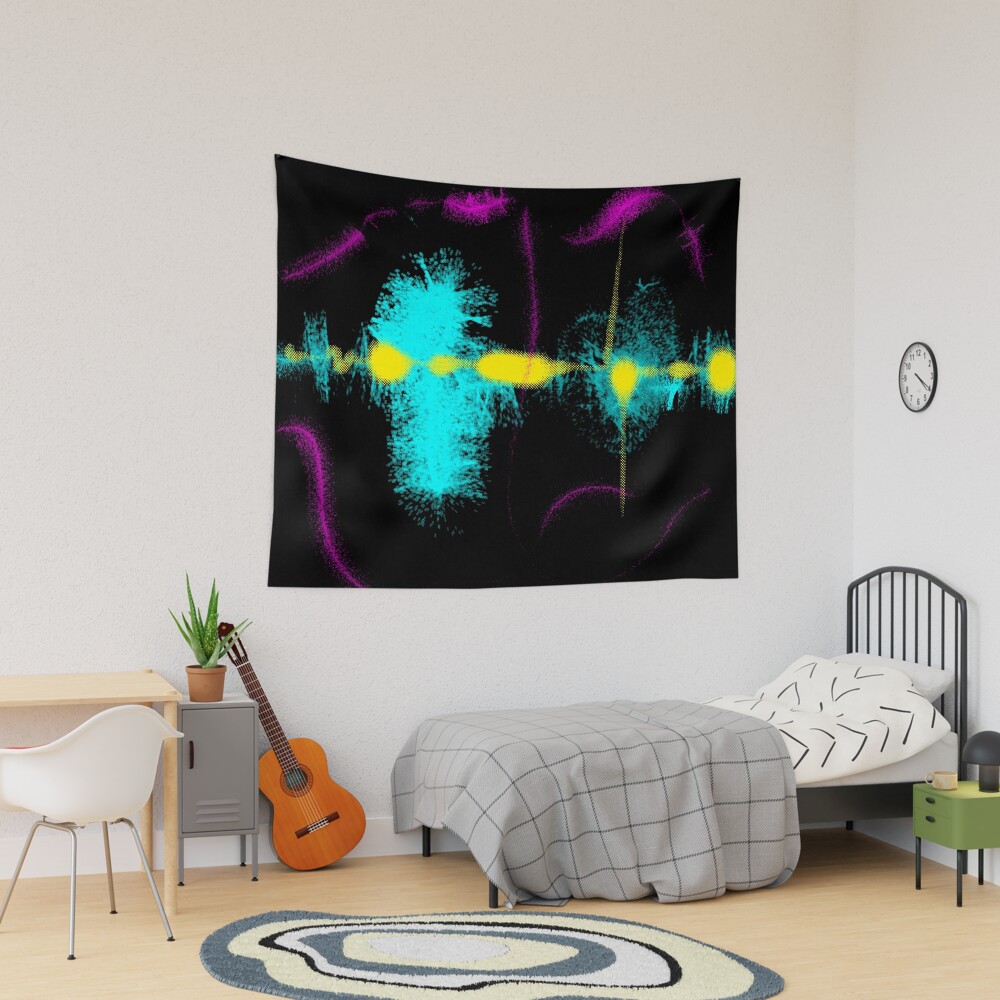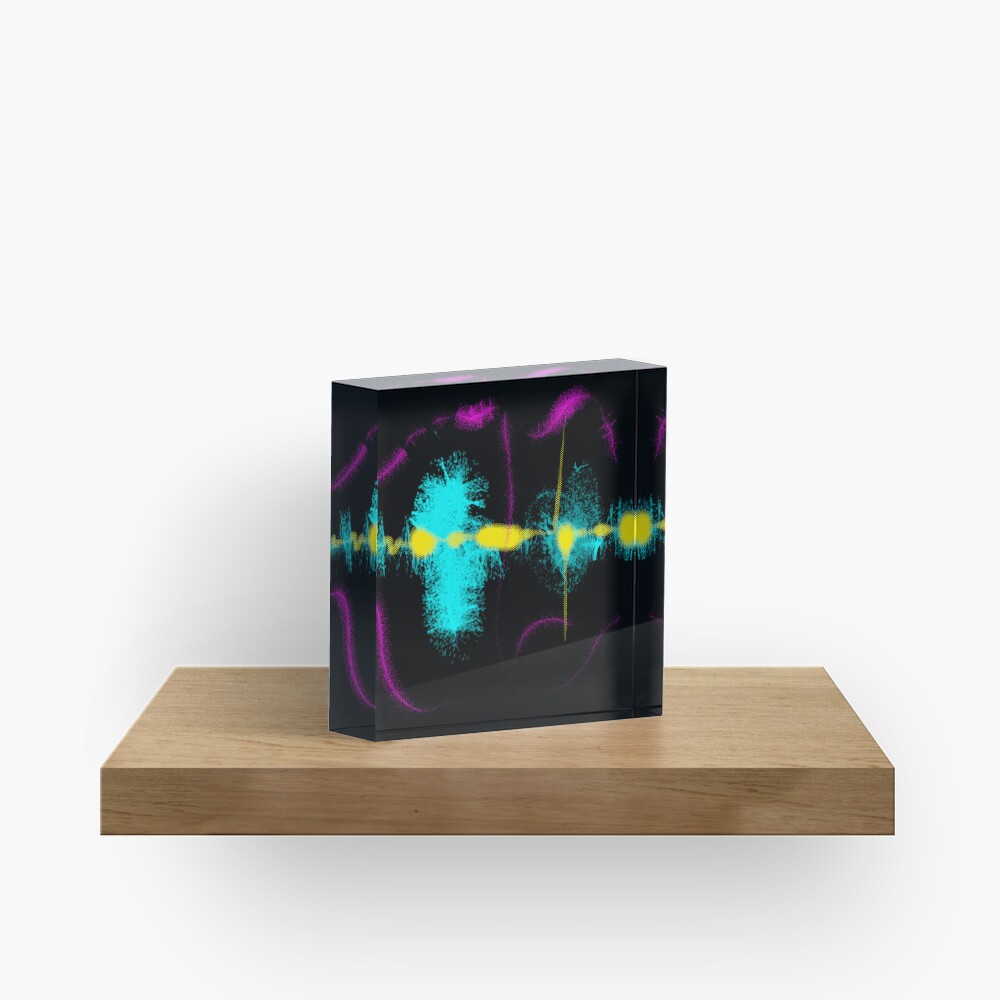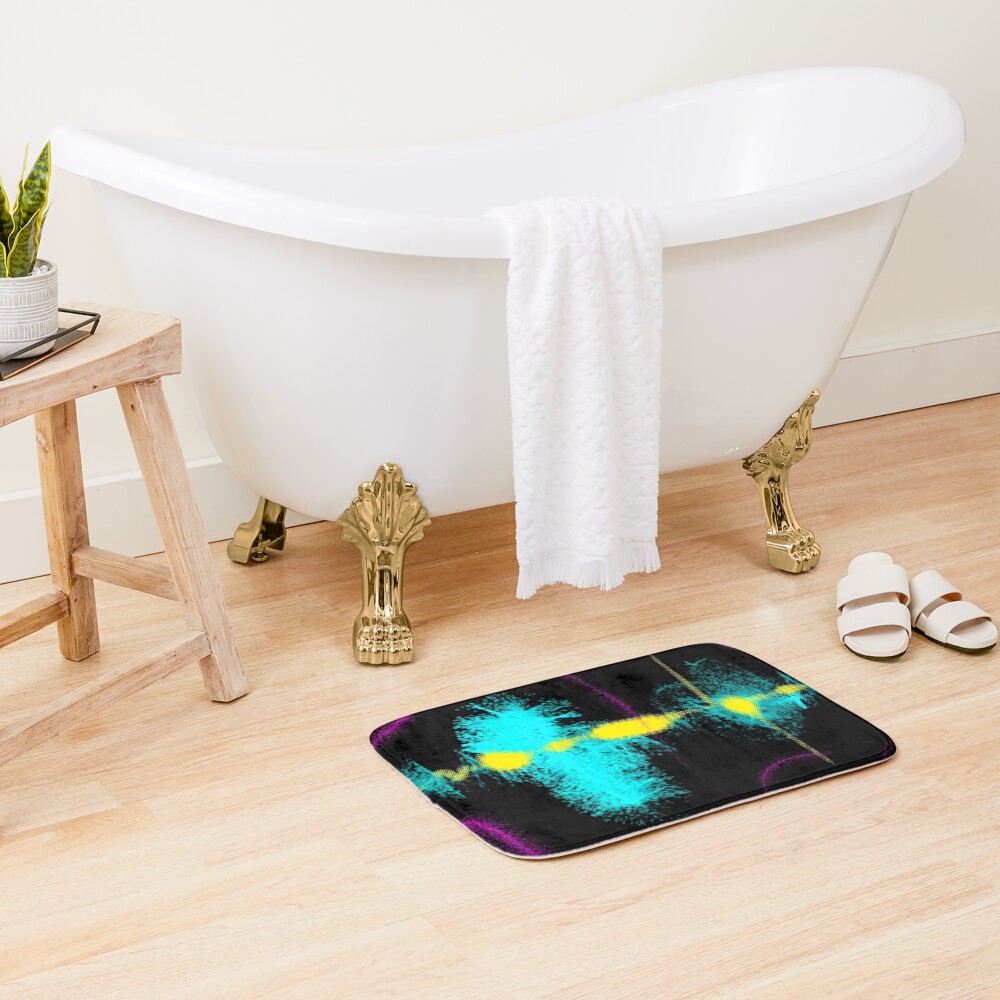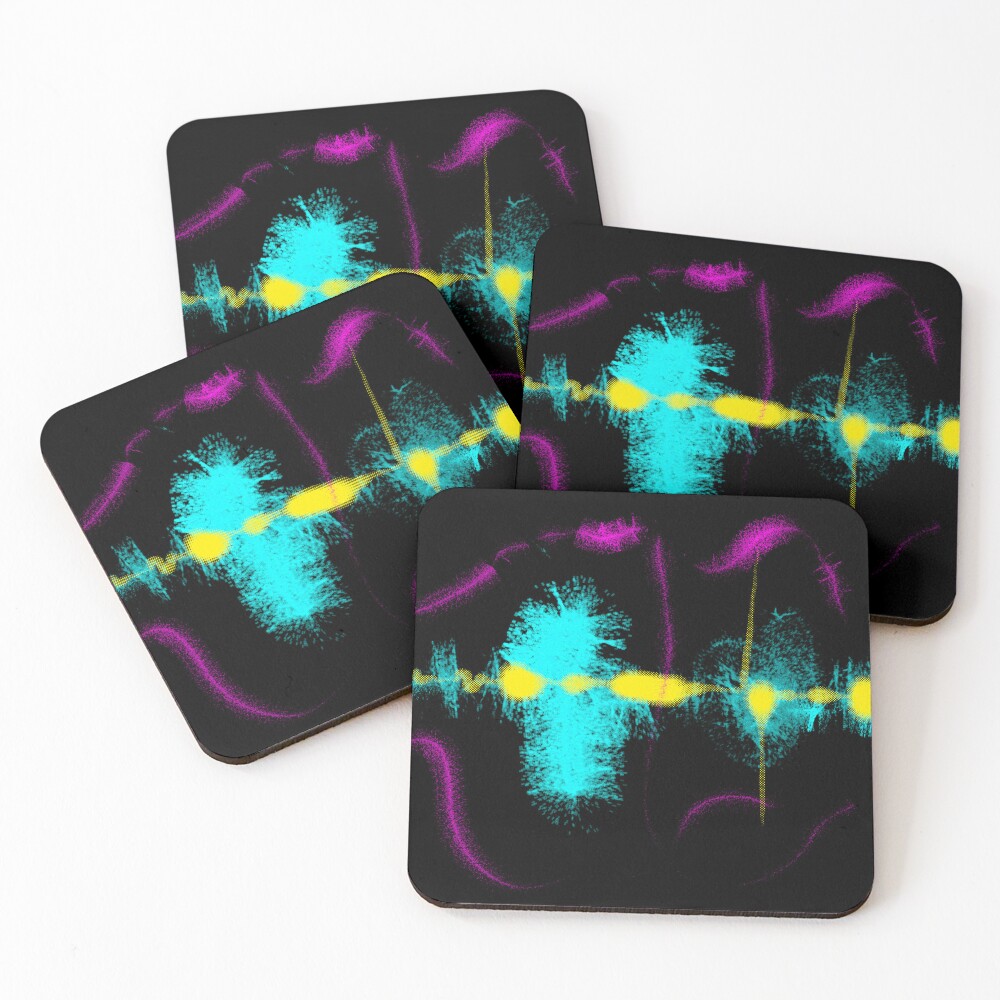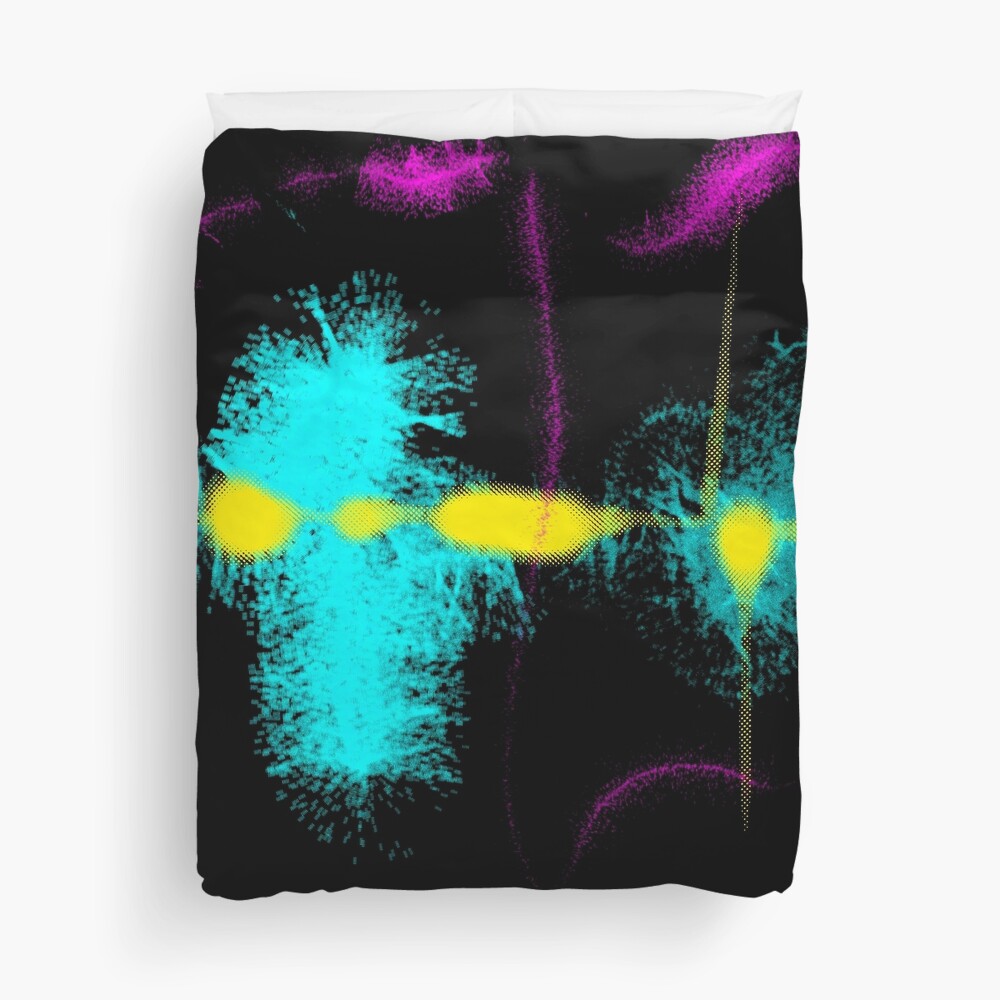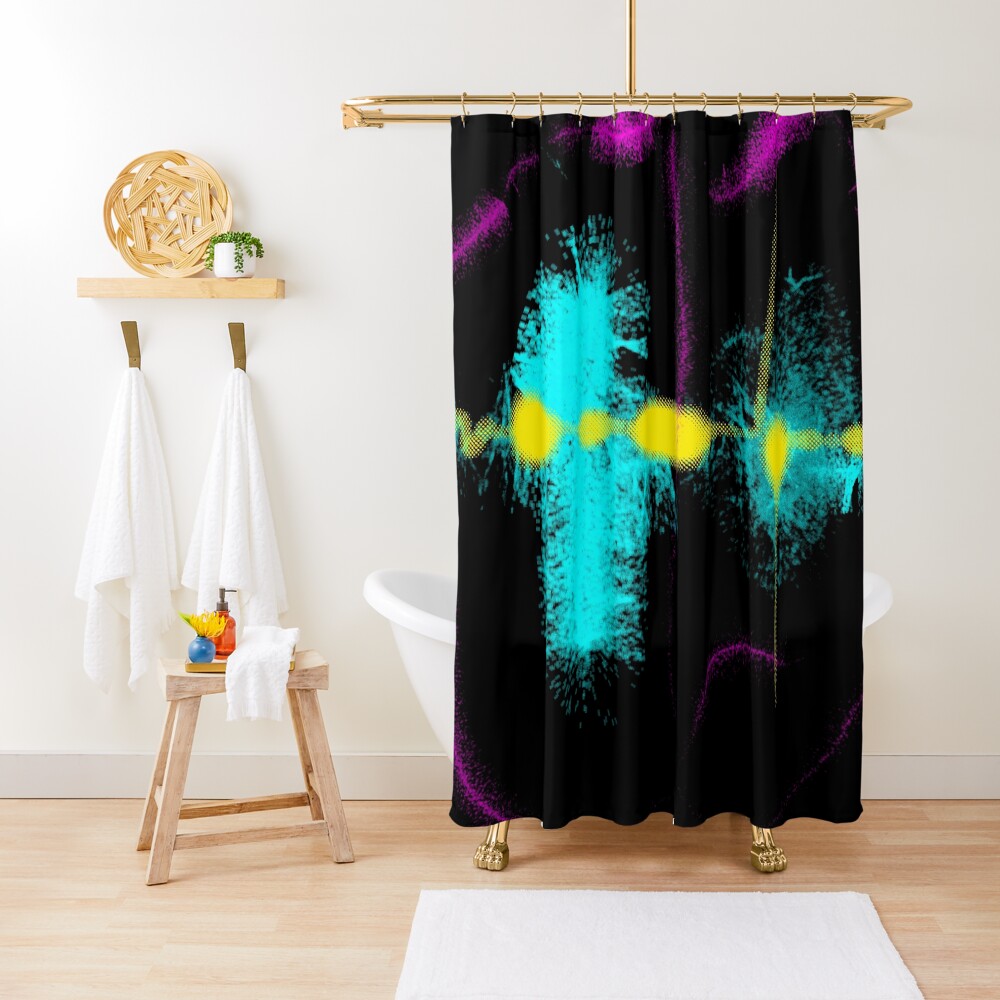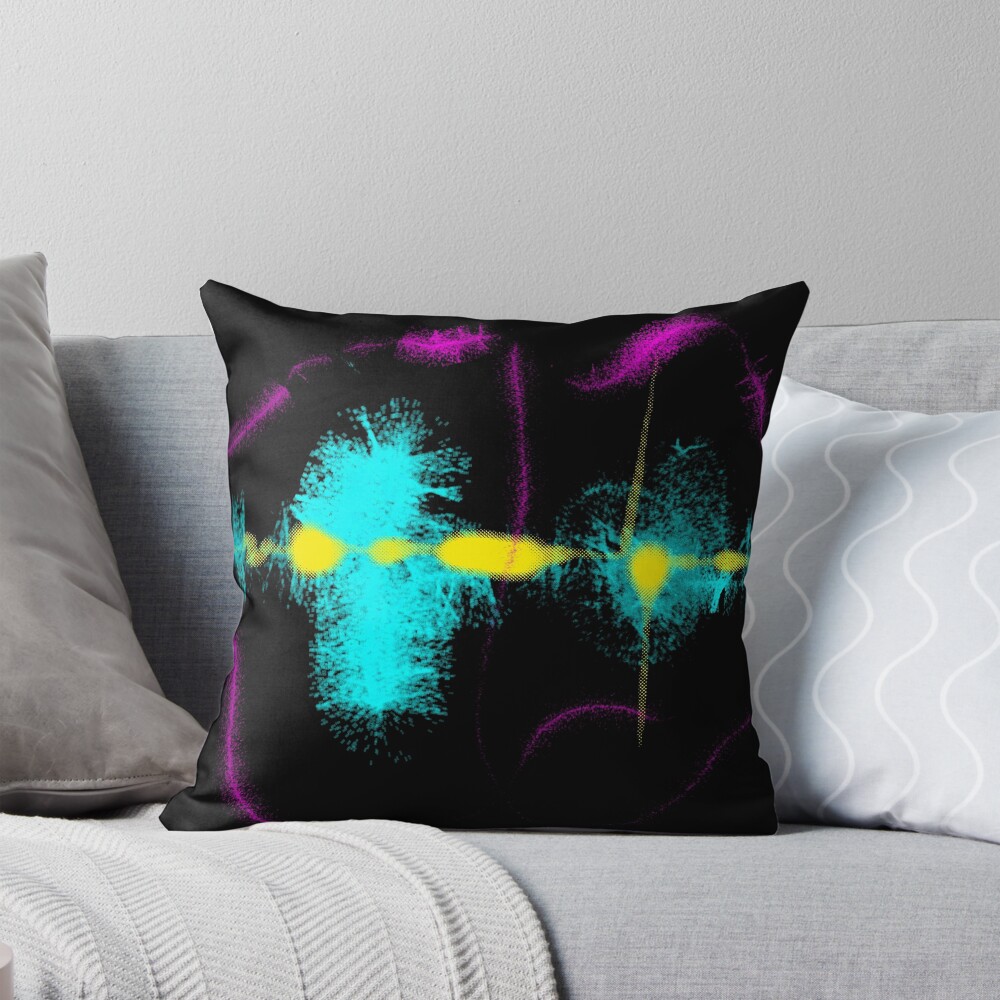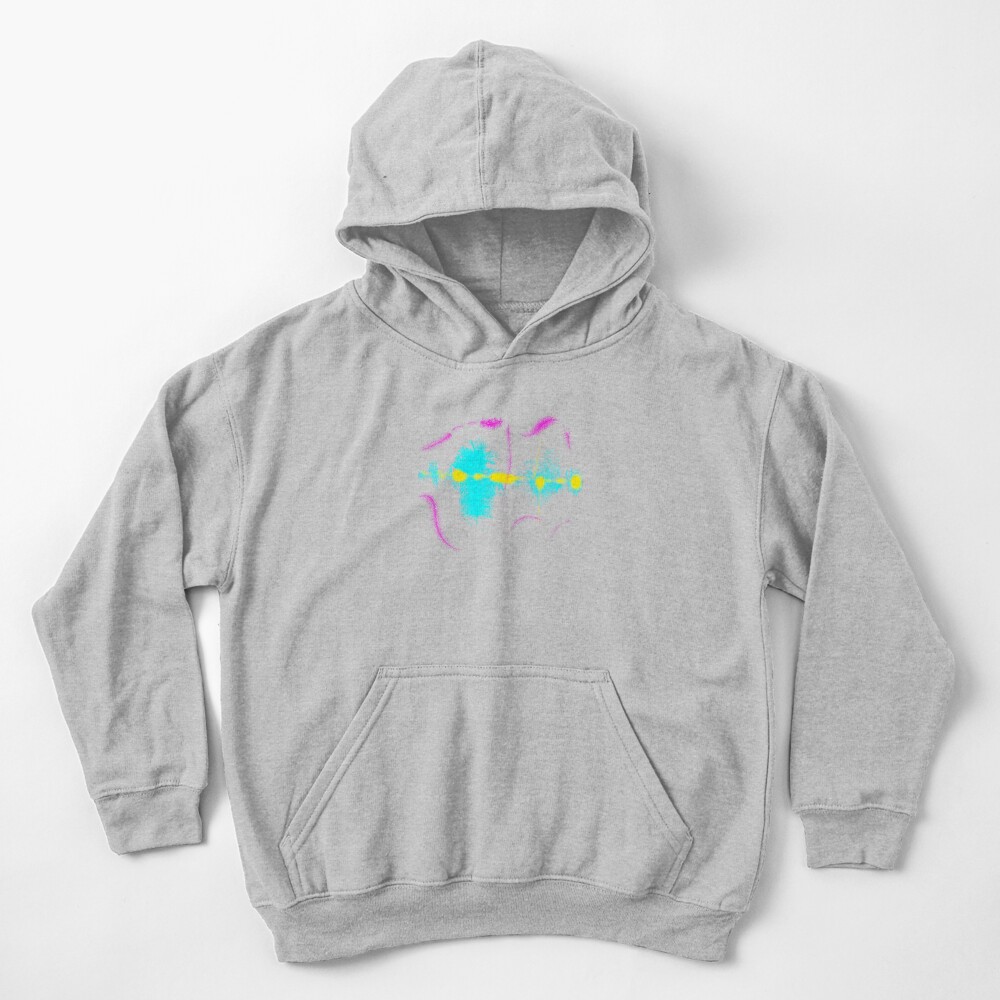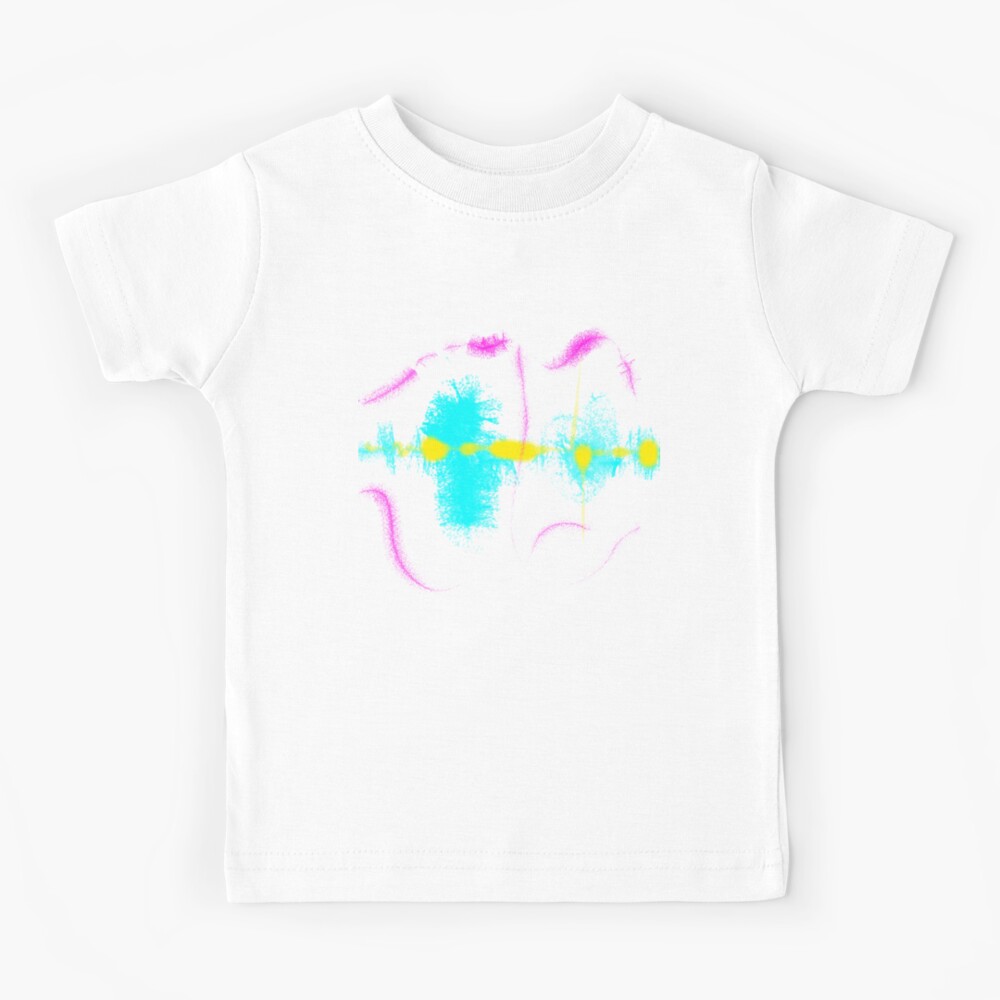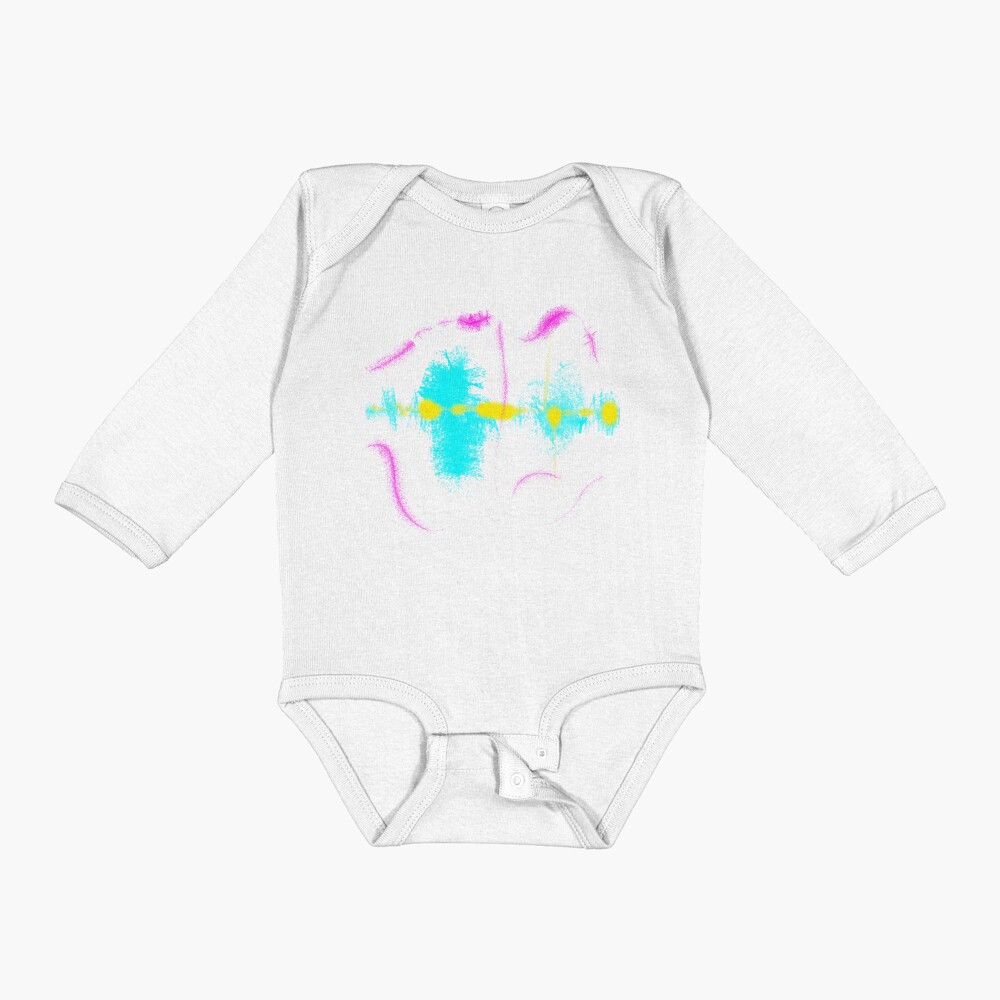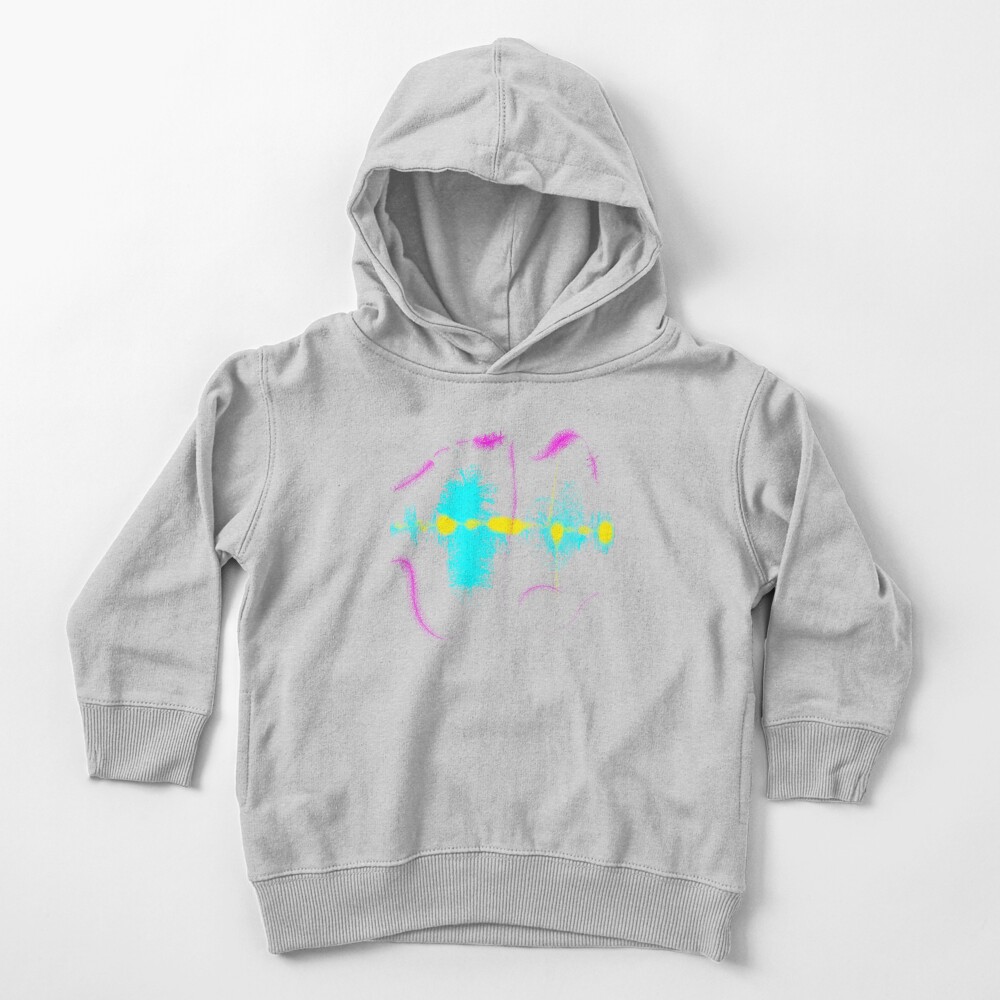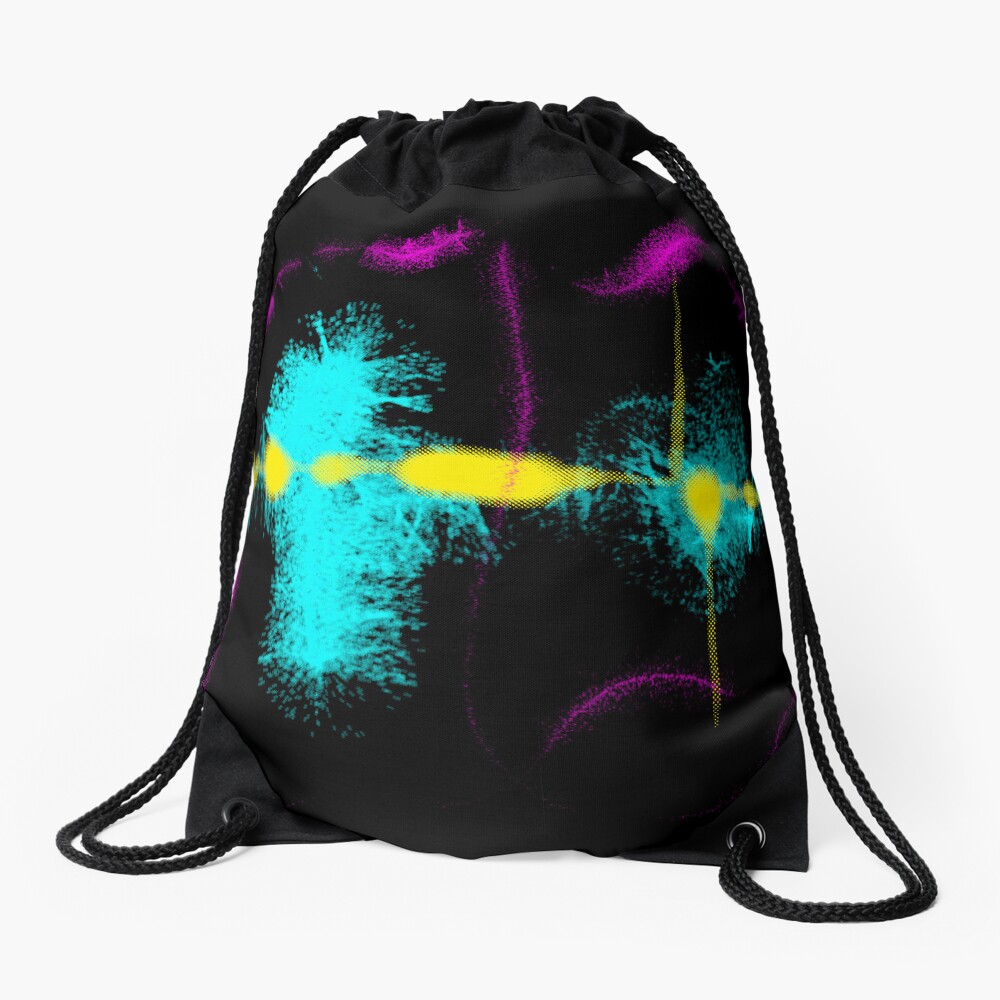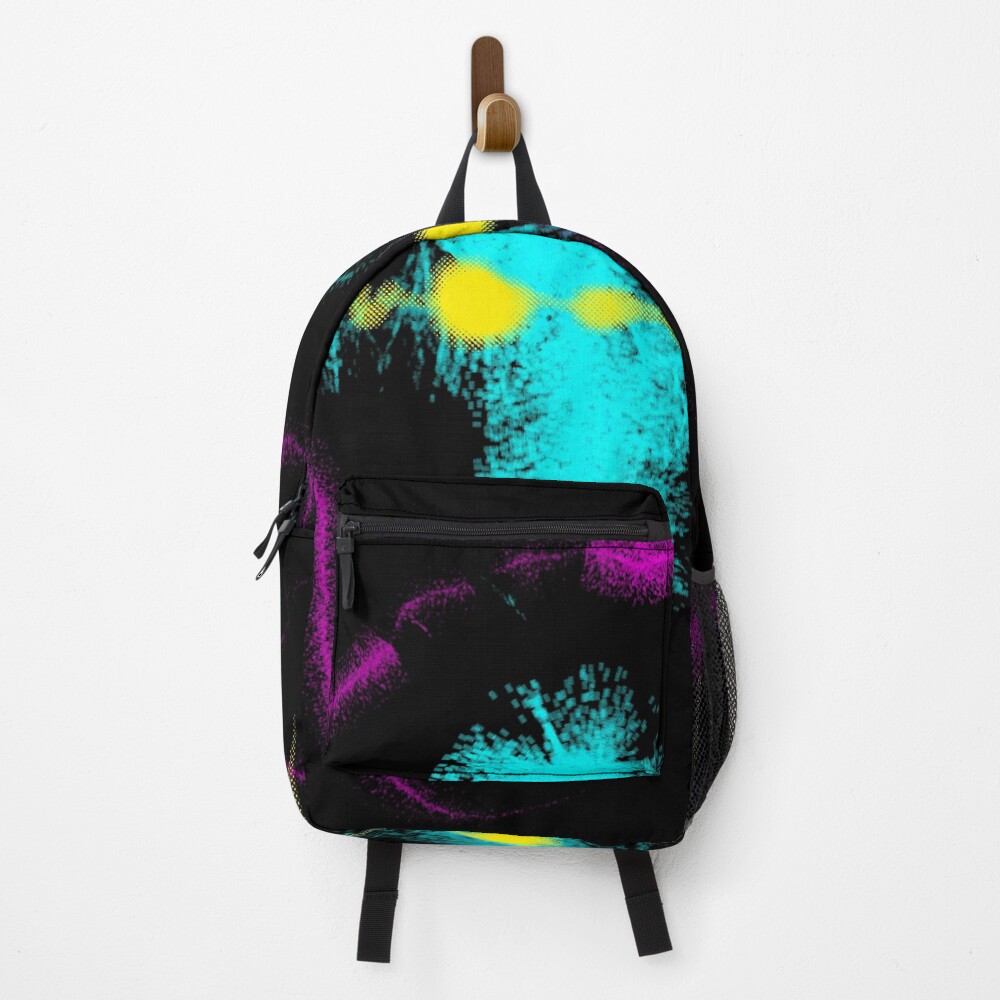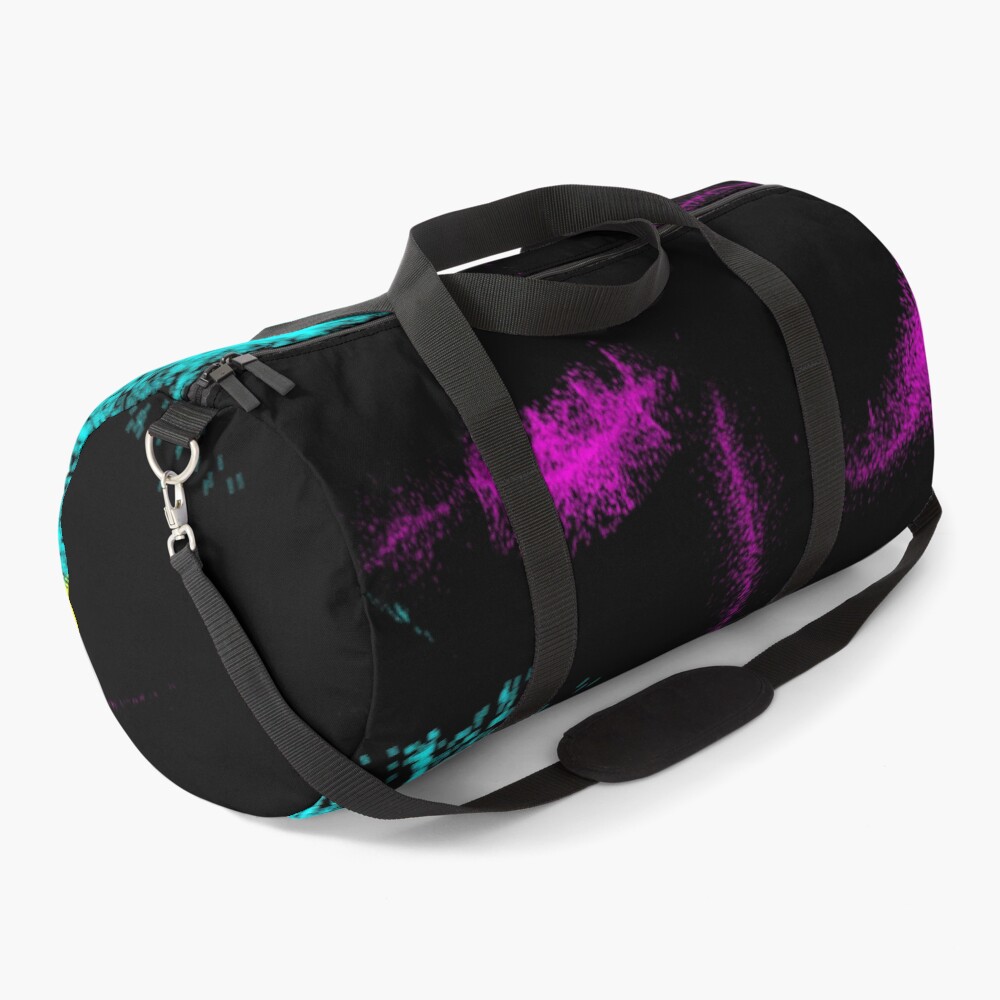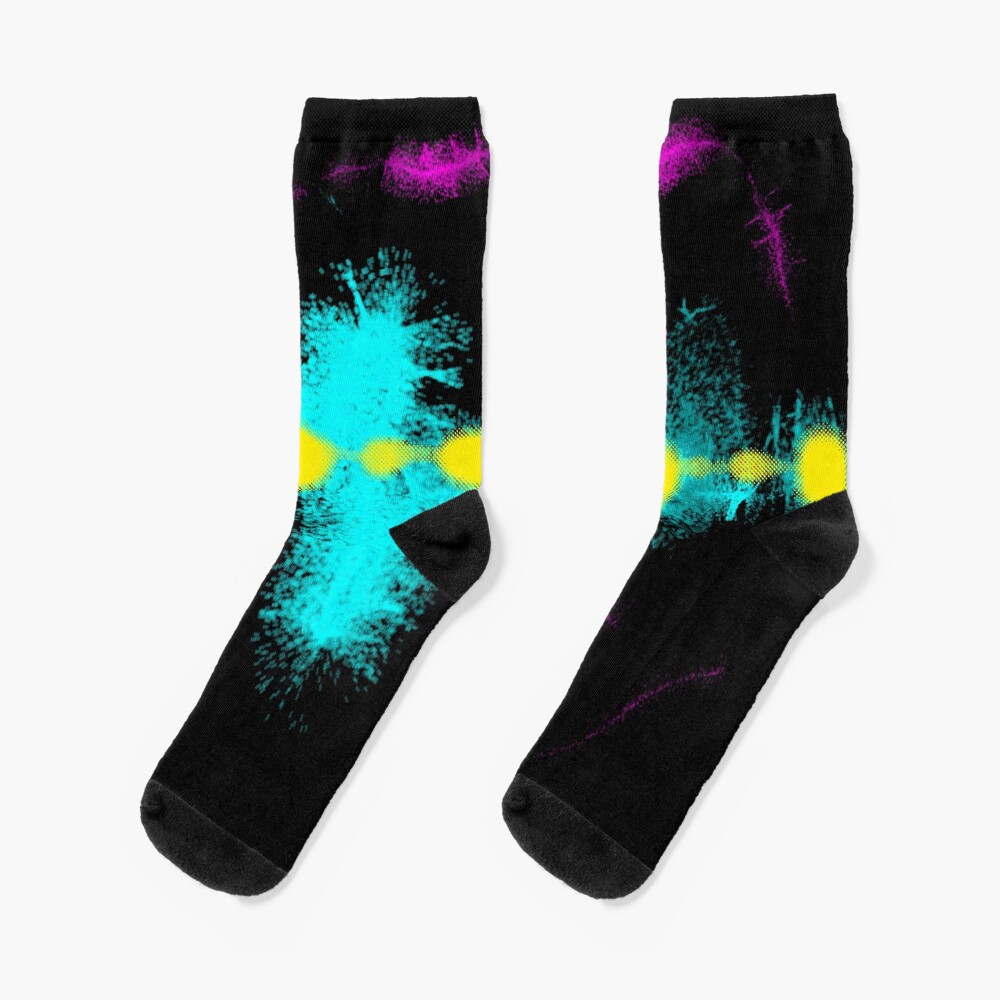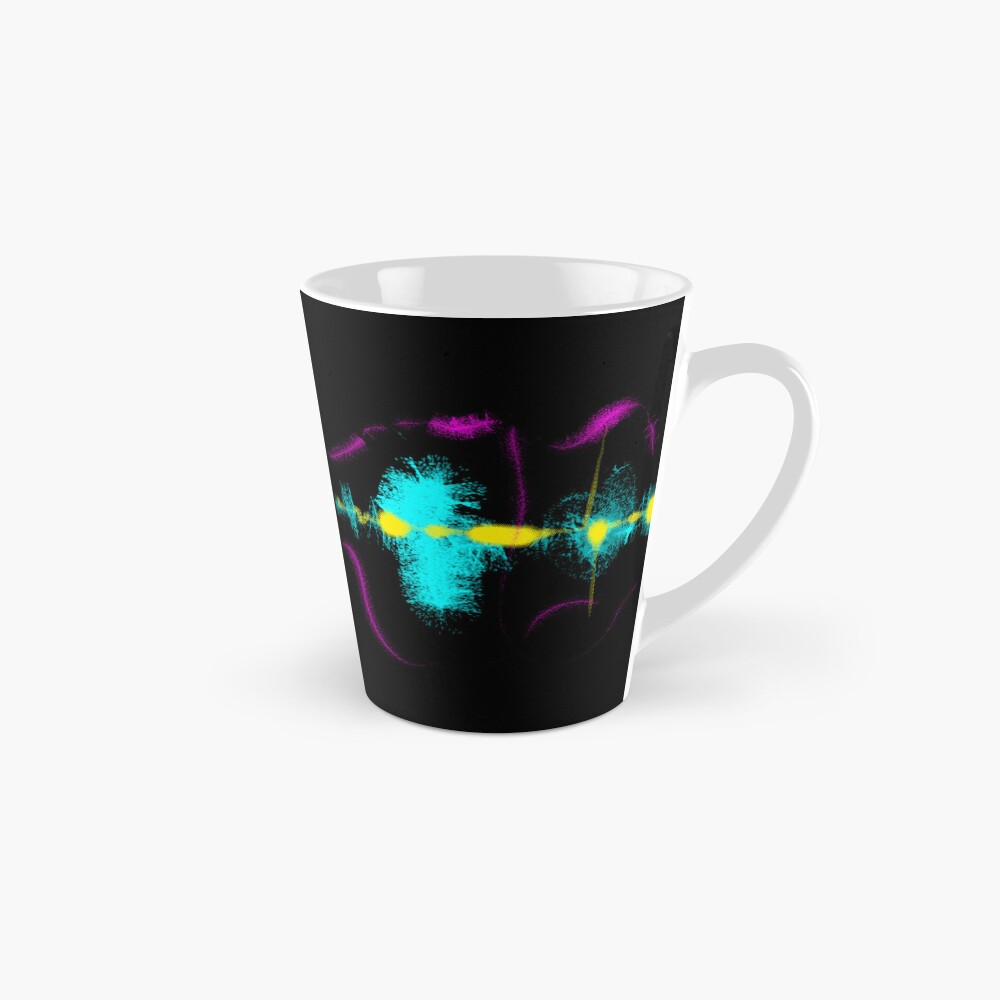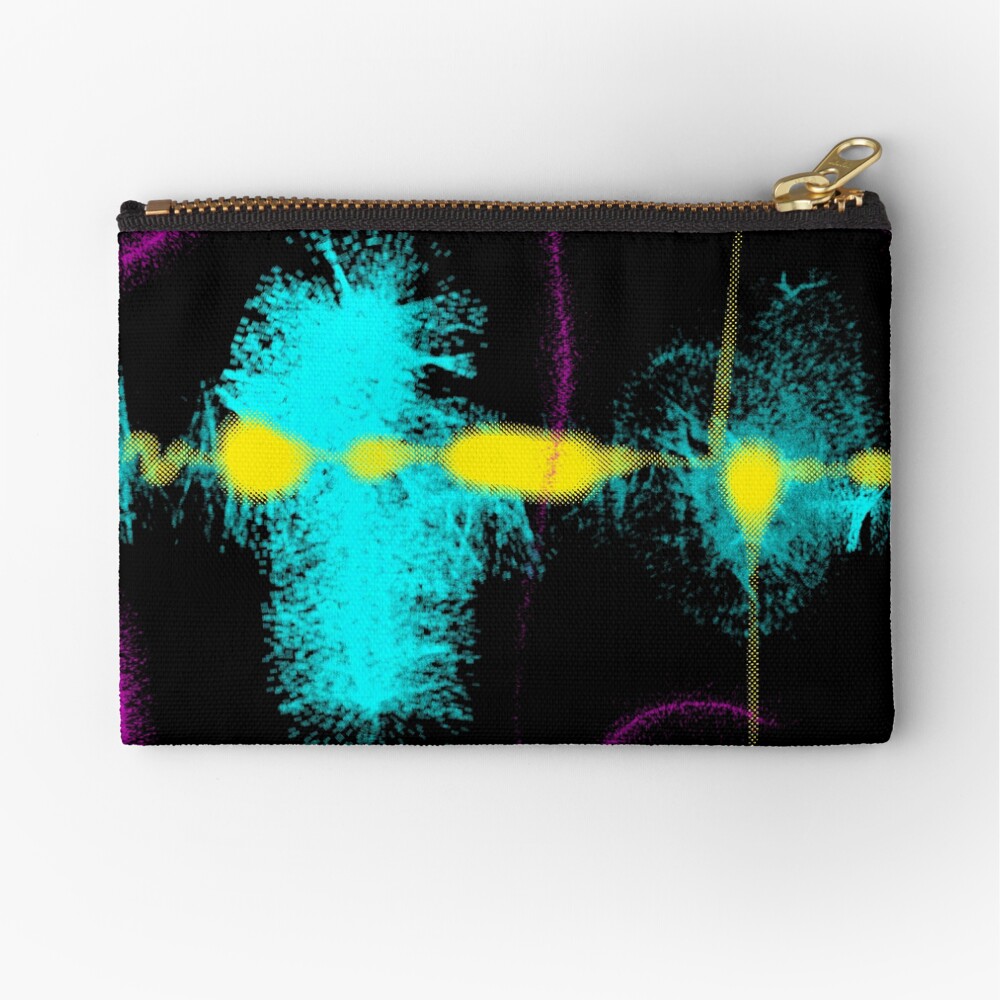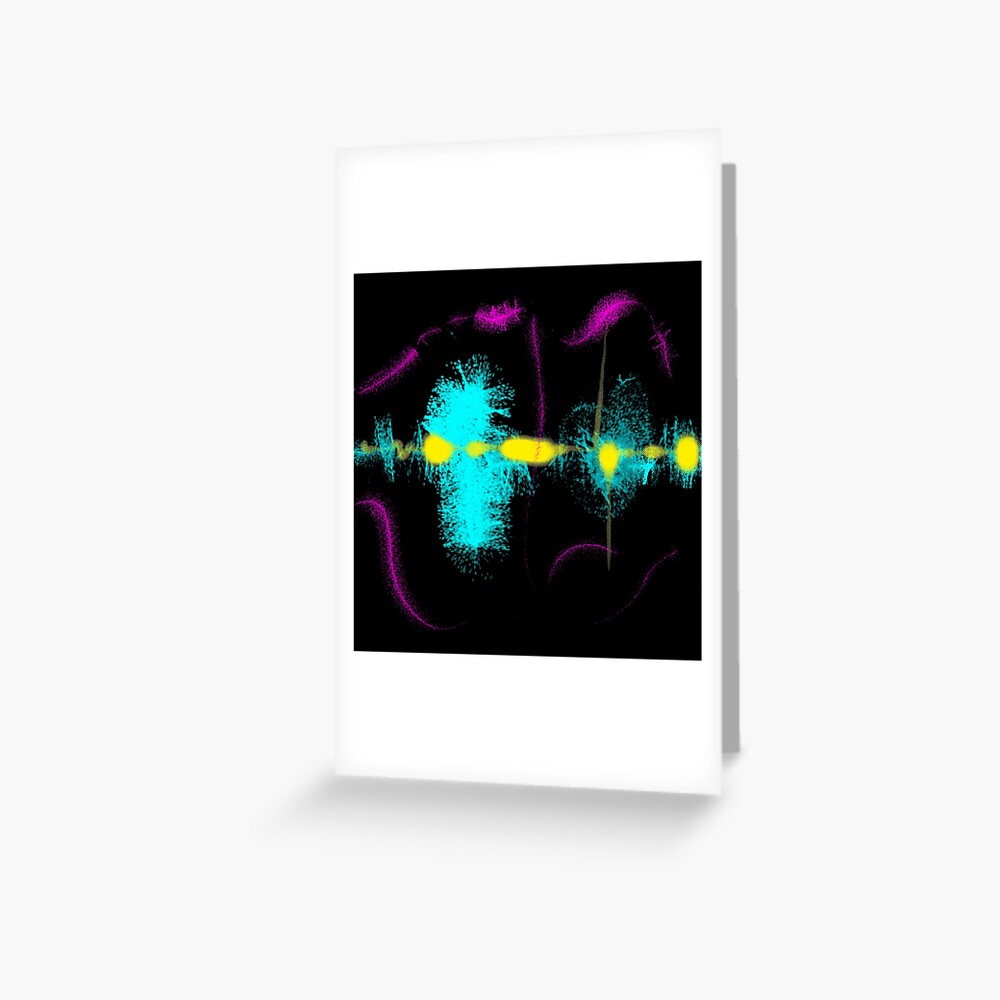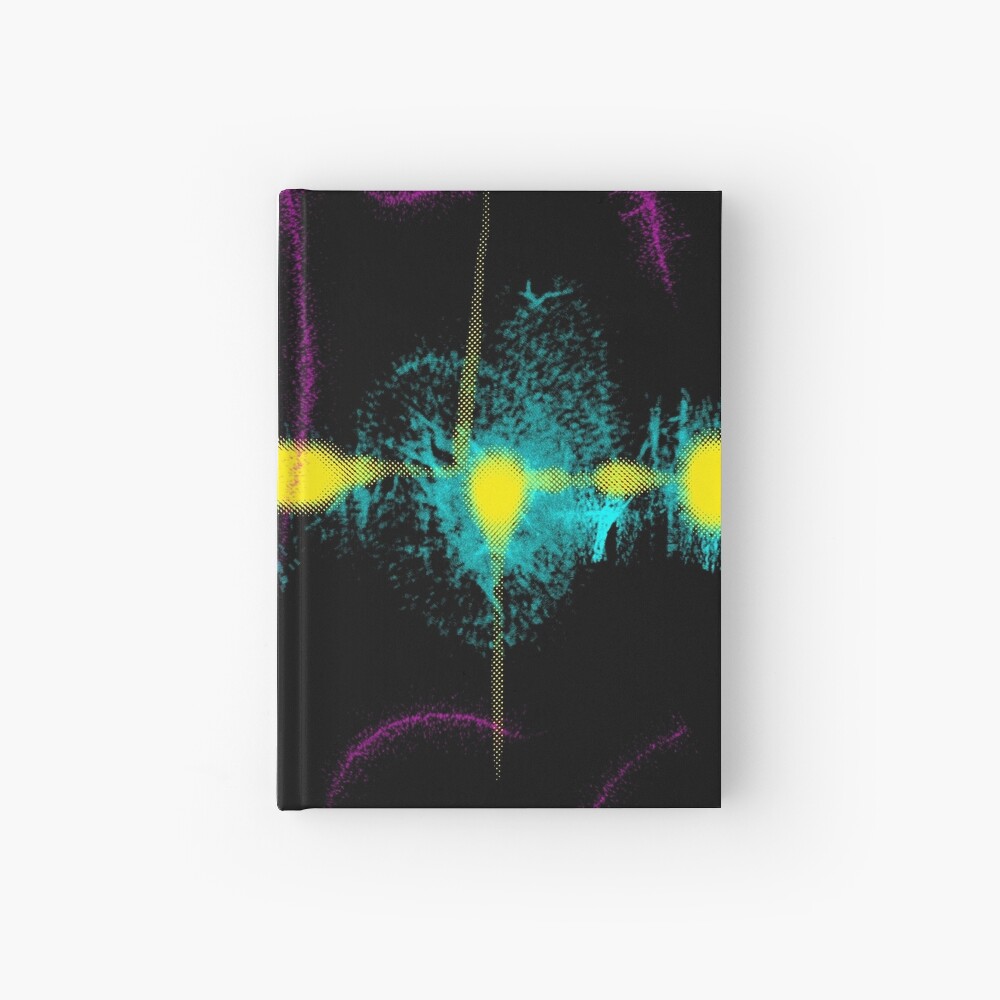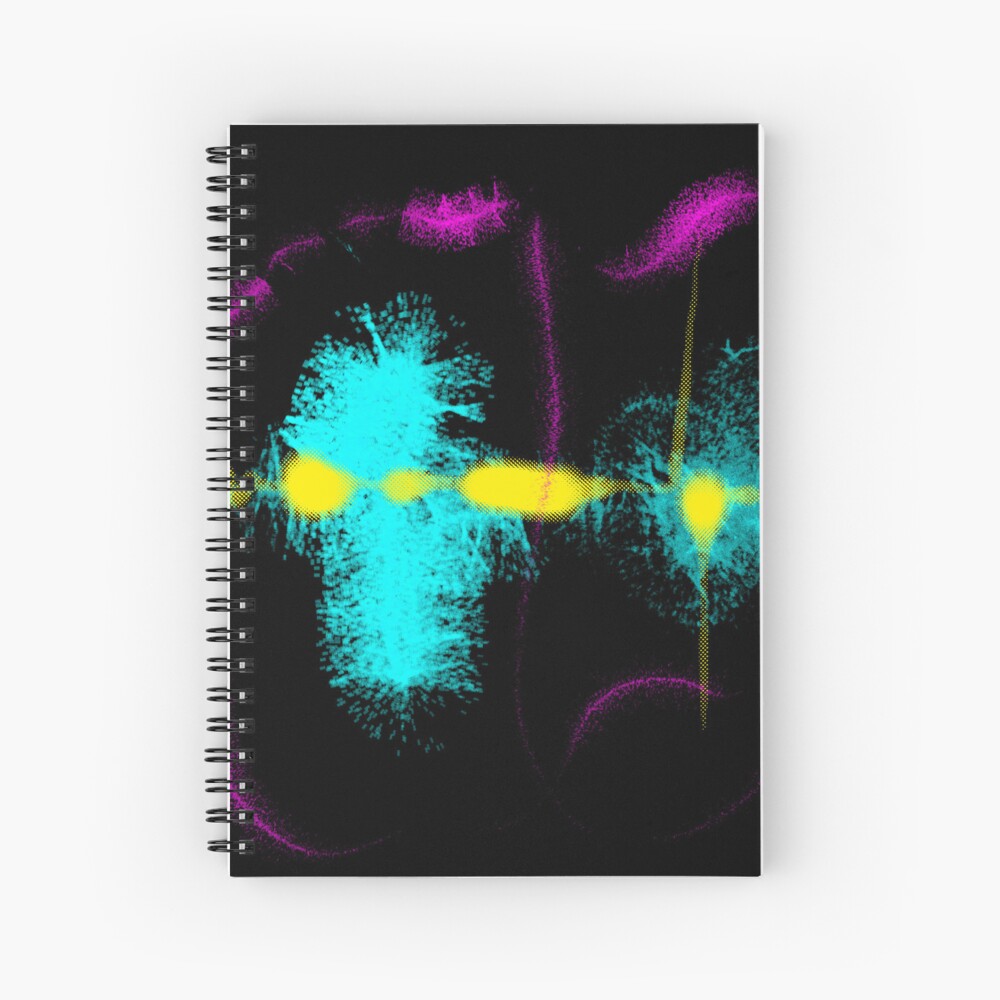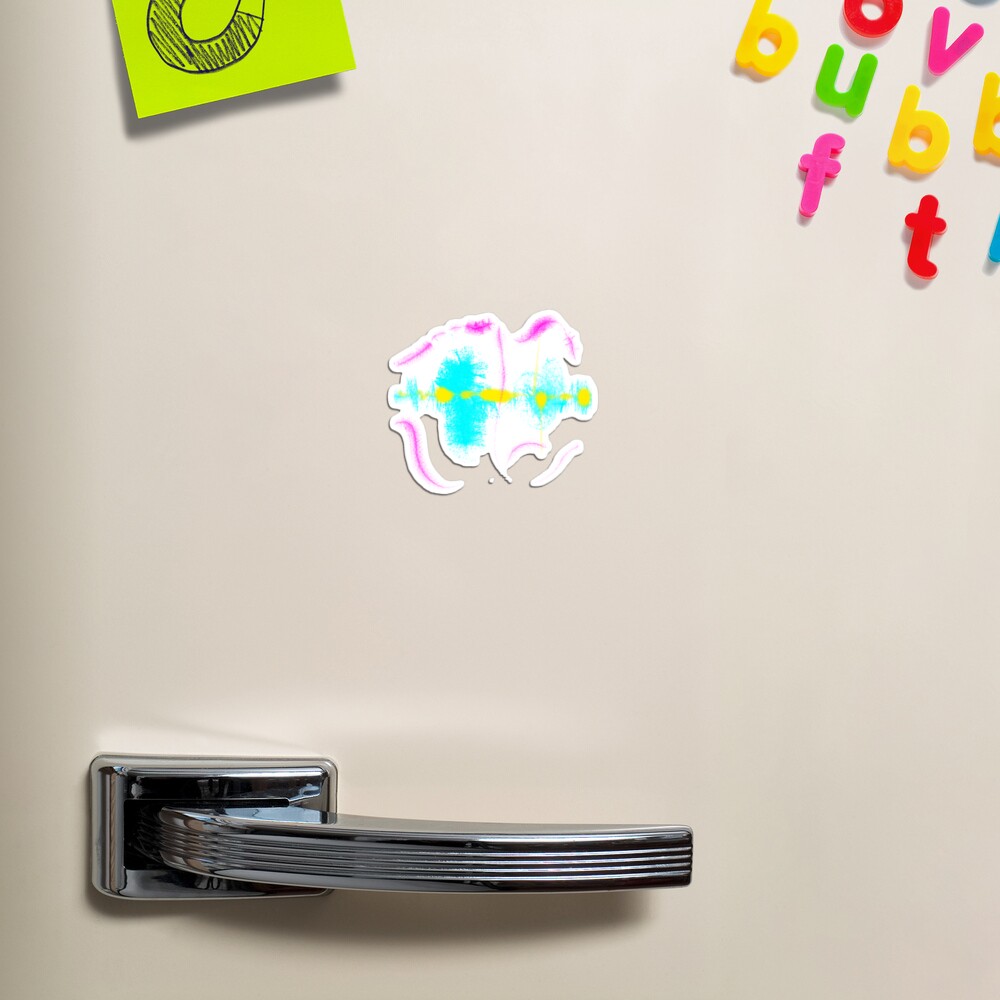Image Scores: Where Improvisation Meets Composition
Image scores occupy a rare and valuable space in music-making. They sit between improvisation and composition, allowing each to inform the other without hierarchy. Rather than separating “free play” from “serious writing,” image scores quietly dissolve that boundary.
They give improvisation shape — and give composition breath.
At their core, image scores replace instruction with invitation. They do not prescribe pitch, rhythm, or harmony. Instead, they offer visual prompts: density, direction, contrast, interruption, accumulation. These elements are deeply musical, yet they bypass the habits and anxieties that conventional notation can trigger.
For improvisers, this is liberating.
Image Scores and Improvisation
Improvisation often fails not because musicians lack imagination, but because they lack permission. Fear of getting lost, of doing too much or too little, of sounding incoherent — all of this can tighten the body and flatten the sound.
Image scores remove that pressure.
They provide an external focus that gently anchors the improviser. The player is no longer inventing in a void; they are responding. Density becomes a guide. Shape becomes a boundary. Colour becomes mood.
This encourages:
-
longer arcs rather than nervous flurries
-
intentional restraint instead of constant activity
-
listening to space as actively as sound
Improvisation becomes less about filling time and more about shaping experience.
Crucially, image scores support repeat improvisation. A musician can return to the same image again and again, discovering new interpretations as their confidence, technique, or emotional state evolves. This builds improvisational fluency — not as randomness, but as responsive choice.
Image Scores and Composition
For composers, image scores act as conceptual blueprints.
They allow musical ideas to exist before notation — or entirely without it. A composer can explore structure, contrast, tension, and release visually, without committing too early to pitch systems or formal constraints.
This is especially useful for:
-
composers who think spatially or visually
-
those working across media (film, movement, sound design)
-
writers who want to escape habitual harmonic or rhythmic patterns
An image score can later be translated into traditional notation, electronic sequencing, text instructions, or remain open as a performance framework. It keeps the compositional process fluid for longer — which often leads to more original outcomes.
Importantly, image scores also support compositional confidence. There is no blank page paralysis. The page is already alive with intention. The composer’s task is not to invent from nothing, but to listen to what the image is suggesting.
The Bridge Between the Two
What makes image scores particularly powerful is that they teach improvisers to think like composers, and composers to trust improvisation.
Improvisers learn about pacing, form, and restraint.
Composers learn about immediacy, embodiment, and risk.
The score becomes a shared language between instinct and design.
This is invaluable in teaching contexts, where students often believe they must “master” technique before they are allowed to create. Image scores reverse that logic. They invite creation first — technique follows naturally, in service of expression.
Ultimately, image scores remind us that music is not born on the staff. It is born in attention, in listening, in the courage to respond.
They do not replace traditional scores. They widen the field.
And in doing so, they help musicians — of all ages and abilities — move more freely between improvising, composing, and simply being with sound.
